
Overview
In the world of fiber optics, fusion splicers are the unsung heroes that enable seamless connectivity and transmission of data. These sophisticated devices play a critical role in joining optical fibers with unparalleled precision, ensuring minimal loss and maximum signal integrity. In this comprehensive guide, we delve into the intricacies of fusion splicers, exploring their functionality, types, and the remarkable benefits they offer. Join us as we unlock the secrets of fusion splicers and discover how they revolutionize the world of fiber optics.
Understanding Fusion Splicer
To embark on our journey, let’s start by understanding the fundamental principles behind fusion splicers. Fusion splicing involves the process of permanently joining two optical fibers by precisely aligning their ends and applying heat. This fusion creates a seamless connection that facilitates efficient light transmission and reduces signal loss. Fusion splicers employ advanced technologies to achieve precise alignment and provide reliable, low-loss connections.
How Fusion splicers works?
The Splicing Process: Let’s dive into the step-by-step process of how it works:
a. Fiber Preparation: Before splicing, the fiber ends must be carefully prepared. This involves stripping the protective coating and cleaning the fibers to ensure optimal fusion.
b. Fiber Alignment: The fusion splicer aligns the two fiber ends using one of two methods: core alignment or cladding alignment.
- Core Alignment: In core alignment, advanced imaging systems are employed to precisely align the fiber cores. This method provides the lowest splice loss and highest reliability.
- Cladding Alignment: Aligns the cladding layers of the fibers instead of the cores. While not as precise as core alignment, this method offers faster splicing speeds.
c. Arc Generation and Fusion: Once the fibers are aligned, an electrical arc is generated between the fiber ends. This arc heats the fibers, causing them to melt and fuse together. The fusion process typically takes a few seconds.
d. Cooling and Protection: After fusion, the fused portion of the fibers is cooled rapidly to solidify the connection. Protective sleeves or heat shrink tubes are then applied to provide mechanical strength and protect the splice from external factors.
Splice Quality and Verification: Fusion splicers ensure high-quality splices by performing several critical functions.
a. Arc Calibration: Employs an arc calibration process to maintain consistent arc quality. This ensures the optimal fusion of fibers and minimizes splice loss.
b. Loss Measurement: Uses built-in power meters to measure the splice loss. This measurement helps assess the quality of the splice and verify its performance.
c. Splice Analysis: Advanced fusion splicers analyze the splice parameters, such as fusion time and arc conditions, to detect any abnormalities. This analysis helps identify potential issues and ensures reliable connections.
Automated Operation and User Interface: Modern fusion splicer are equipped with user-friendly interfaces and automated features to streamline the splicing process. These features include:
a. Fiber Alignment Algorithms: Fusion splicers use sophisticated algorithms to calculate the best alignment position automatically, reducing human error and improving efficiency.
b. Pre-Programmed Settings: Fusion splicers allow users to save and recall pre-programmed settings for specific fiber types and applications, ensuring consistent and accurate splices.
c. On-Screen Guidance: The user interface of fusion splicers provides on-screen instructions and graphical representations to guide users through the splicing process.
Types Of Fusion Splicer
Fusion splicers come in various types, each catering to specific requirements and applications. Here are some of the noteworthy types available:
- Core Alignment Fusion Splicers: These splicers use advanced algorithms and imaging systems to achieve accurate alignment of fiber cores. Core alignment fusion splicers are known for their exceptional splice quality, making them ideal for demanding applications where low loss and high tensile strength are crucial.
- Cladding Alignment Fusion Splicers: Cladding alignment fusion splicers focus on aligning the cladding of optical fibers. They offer faster splicing speeds and are generally more user-friendly, making them suitable for applications that require quick and efficient splicing.
- Ribbon Fusion Splicers: Ribbon fusion splicers are specifically designed for splicing multiple fibers simultaneously, typically used in ribbon fiber cables. They enhance productivity by enabling efficient mass splicing and are commonly employed in data centers, backbone networks, and long-haul installations.
- Specialty Fusion Splicers: Specialty fusion splicers cater to unique applications and specialized fiber types. They may include polarization-maintaining fiber splicers, high-power fiber splicers, or splicers for specific fiber coatings. These splicers provide tailored solutions for niche requirements.
Buy new or used Fusion Splicer or check it out.
Choosing the right Fusion Splicer
When it comes to fiber optic splicing, having the right tools is essential. And one of the most critical tools in any splicer’s arsenal is the fusion splicer. Fusion splicers play a pivotal role in creating seamless connections between fiber optic cables, ensuring optimal signal transmission and minimizing data loss. However, with the plethora of options available on the market, selecting the right fusion splicer can be a daunting task. In this comprehensive guide, we’ll walk you through the essential factors to consider when choosing a fusion splicer, ensuring you make an informed decision that meets your specific requirements.
- Determine Your Splicing Needs: Before diving into the selection process, it’s crucial to assess your splicing needs. Consider the following factors:
- Fiber Types: Determine the types of fibers you will be working with, such as single-mode or multimode fibers.
Want to see the range of fibers we offer?
- Application: Identify the intended application for the fusion splicer, such as long-haul networks, data centers, or local area networks (LANs).
- Volume: Assess the expected volume of splicing work you’ll be handling on a regular basis.
- Splicing Method: Fusion splicers employ different splicing methods, each with its own advantages and limitations. The two primary methods are:
- a. Core Alignment: This method aligns the cores of the fibers precisely, offering the lowest splice loss and excellent reliability.
- b. Cladding Alignment: This method aligns the cladding layers instead of the cores, resulting in faster splicing speeds.
- Splicing Performance: Consider the performance specifications of a fusion splicer, including:
- a. Splice Loss: Look for a fusion splicer that offers low splice loss, ensuring minimal signal attenuation.
- b. Splice Time: Faster splice times can significantly enhance efficiency, especially when handling large volumes of splicing work.
- c. Arc Calibration: Check if the fusion splicer has an auto-calibration feature to maintain consistent arc quality.
- Portability and Ease of Use: If you anticipate working on projects in various locations, consider the portability and ease of use of the fusion splicer. Look for features such as:
- a. Compact Size: A lightweight and compact fusion splicer is ideal for fieldwork and tight spaces.
- b. User Interface: An intuitive interface with clear instructions and a user-friendly design can expedite the splicing process.
- Connectivity Options: Evaluate the connectivity options provided by the fusion splicer. Look for:
- a. Compatibility: Ensure the fusion splicer supports the connector types you’ll be working with, such as SC, LC, or MPO.
- b. Data Management: Check if the splicer offers data management capabilities, such as storing splice results and exporting them to a computer.
Maintenance and Support: Consider the long-term maintenance and support options:
- a. Service and Calibration: Check if the manufacturer or supplier provides regular calibration and maintenance services.
- b. Technical Support: Ensure reliable technical support is available to address any troubleshooting or operational queries.
Benefits of Fusion Splicer
Fusion splicers offer a multitude of benefits, making them indispensable tools in the world of fiber optics. Here are some notable advantages:
- Low Signal Loss: Fusion splicers create high-quality connections with minimal signal loss, ensuring reliable data transmission over long distances.
- Enhanced Signal Integrity: By eliminating external factors such as connectors or adapters, fusion splicers provide a seamless, uninterrupted connection that maintains the integrity of the optical signal.
- Increased Efficiency: Fusion splicers enable quick and efficient splicing, reducing installation time and enhancing overall project efficiency.
- Long-Term Reliability: Fusion splices are durable and robust, withstanding environmental conditions and ensuring stable connections over extended periods.
Our Services
Apart from offering a wide range of fusion splicers, Wyoming Electronics Inc takes pride in its comprehensive repair and calibration services. Whether you encounter a technical issue or require routine maintenance, their skilled technicians are equipped to handle various fusion splicer models and brands. Their expertise ensures that your fusion splicer is restored to optimal functionality, minimizing downtime and maximizing productivity. Send your Fusion Splicer for Repair and Service now.
Moreover, Wyoming Electronics Inc provides calibration services to ensure the accuracy and reliability of your fusion splicer. Regular calibration is essential to maintain consistent and precise splicing results, guaranteeing the integrity of your fiber optic connections.
There are several reasons why Wyoming Electronics Inc stands out as a trusted provider of fusion splicers and related services:

Extensive Product Knowledge: Wyoming Electronics Inc possesses in-depth knowledge of fusion splicers, enabling them to offer expert advice and guidance to customers. They understand the unique requirements of different industries and can recommend the most suitable fusion splicer for your specific application.
Quality Repairs: With their experienced technicians and state-of-the-art facilities, Wyoming Electronics Inc ensures prompt and reliable repairs of fusion splicers. Their focus on quality craftsmanship guarantees that your equipment is restored to its original performance standards.
Wyoming Electronics Inc’s calibration services adhere to industry standards, ensuring that your fusion splicer operates with optimal accuracy and reliability. Get a quote for calibrating Fusion Splicer.


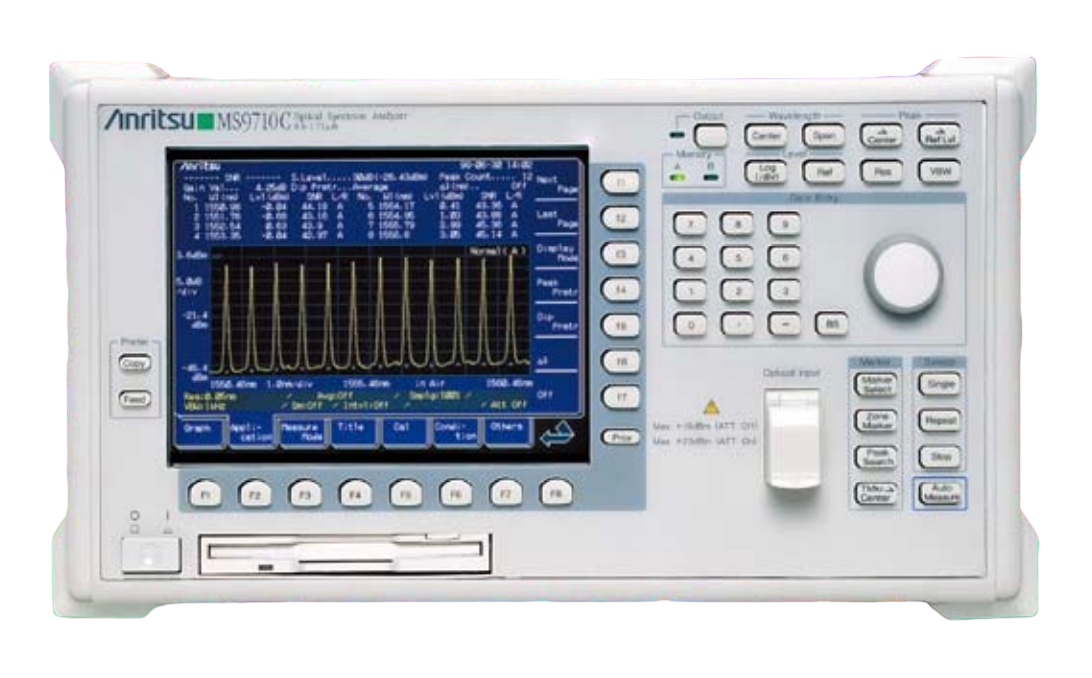 Spectrum Analyzers
Spectrum Analyzers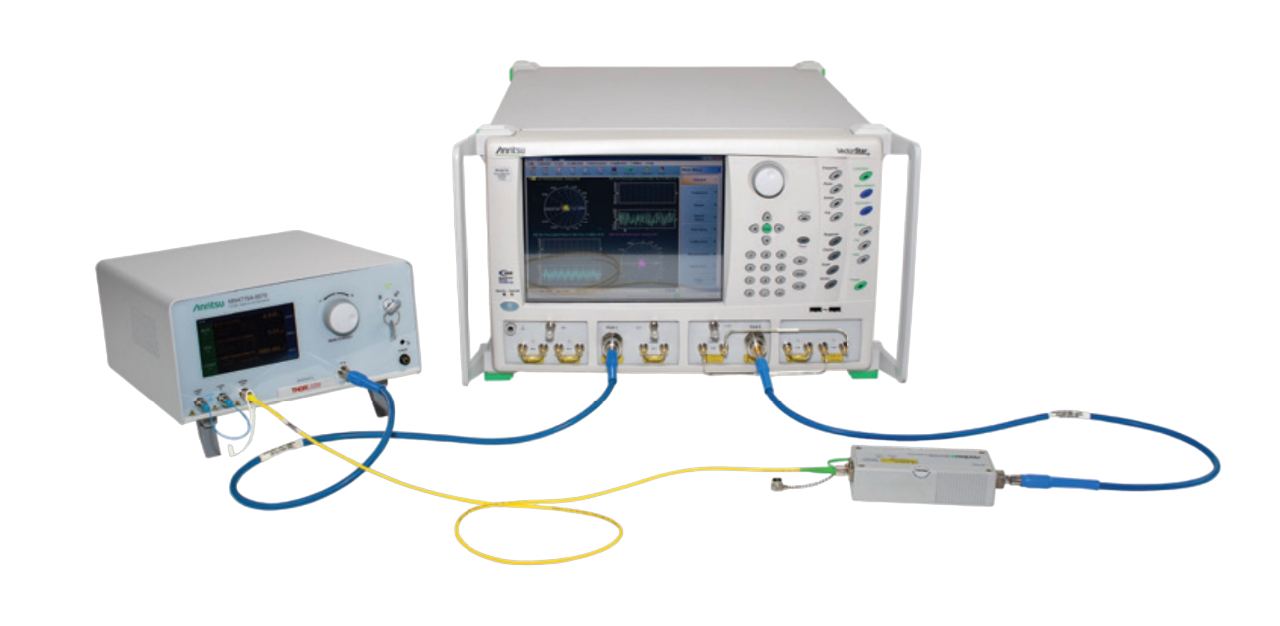 Network Analyzers
Network Analyzers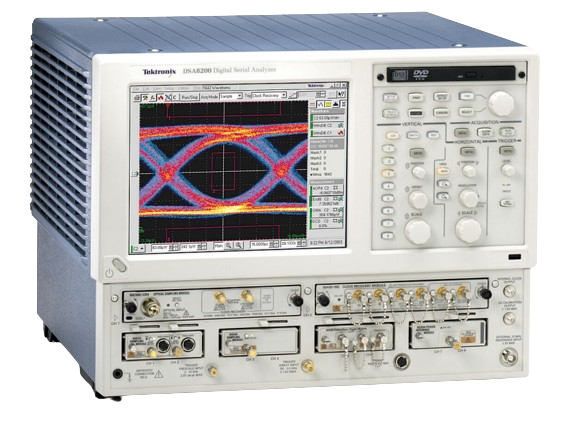 Signal Analyzers
Signal Analyzers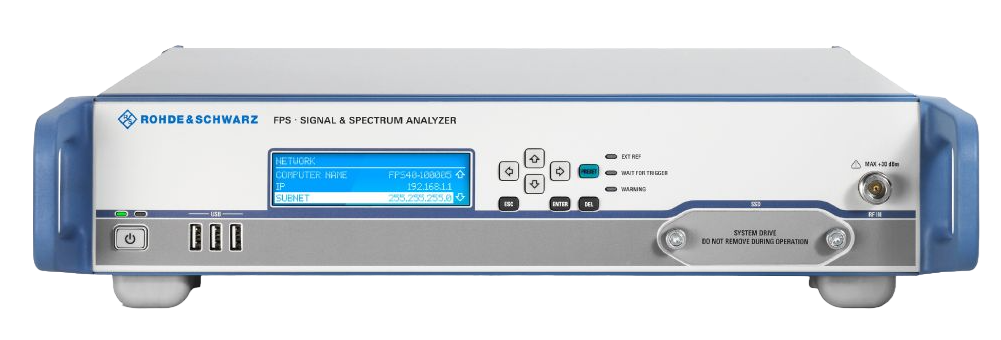 Logic Analyzers
Logic Analyzers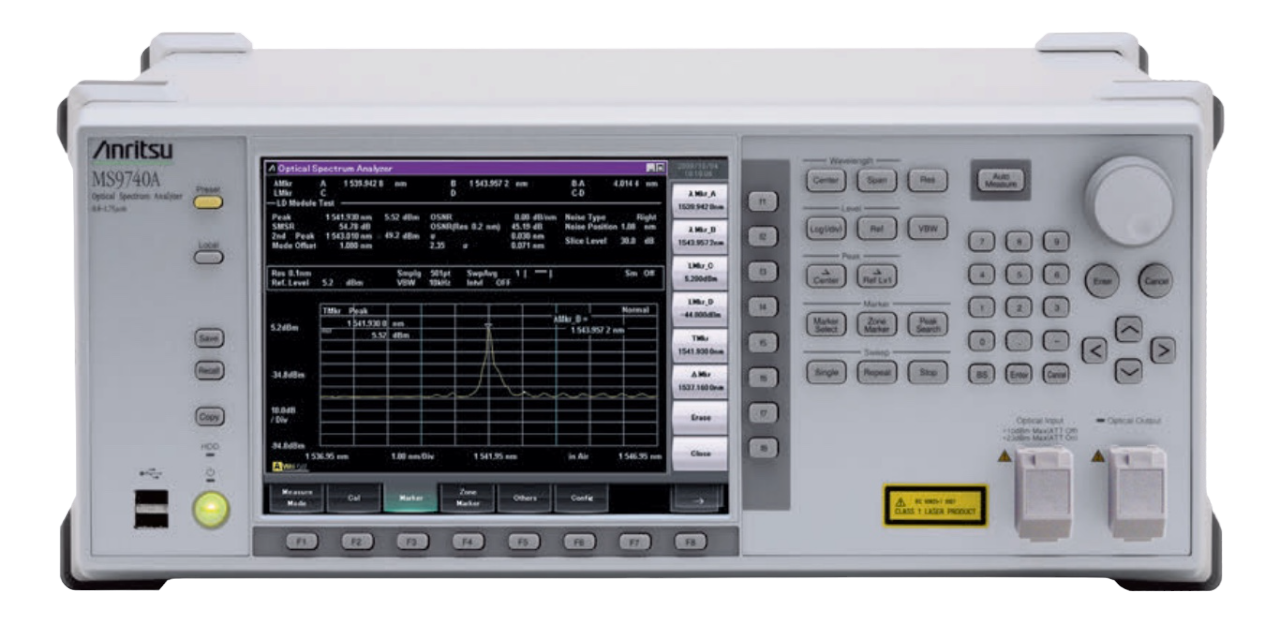 Optical Spectrum Analyzers
Optical Spectrum Analyzers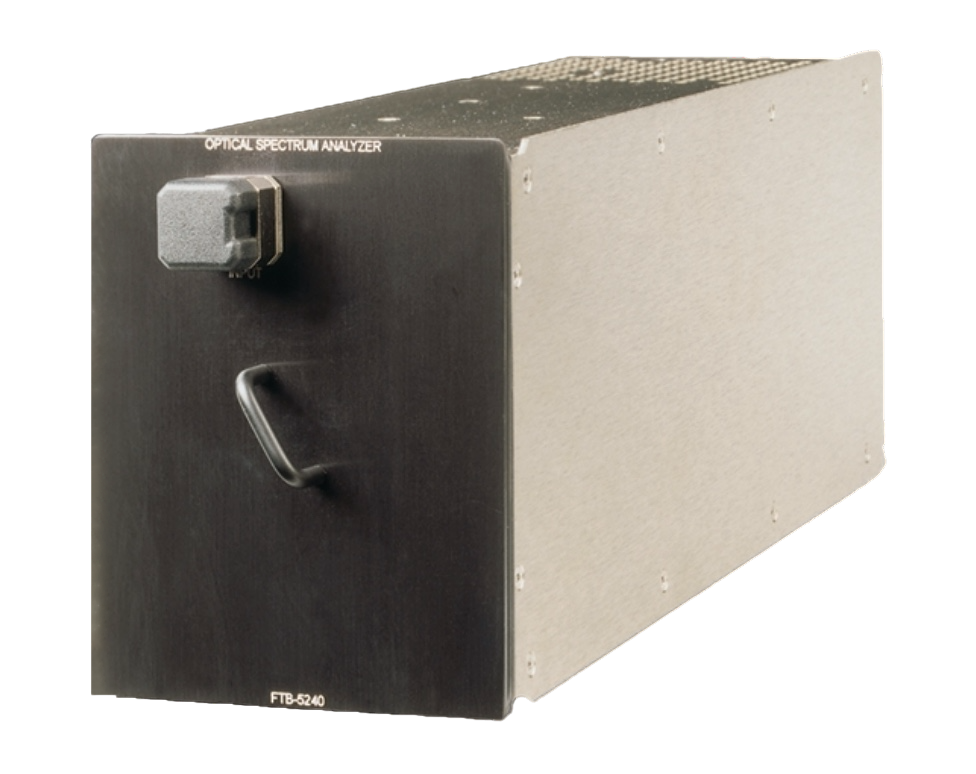 Other Analyzers
Other Analyzers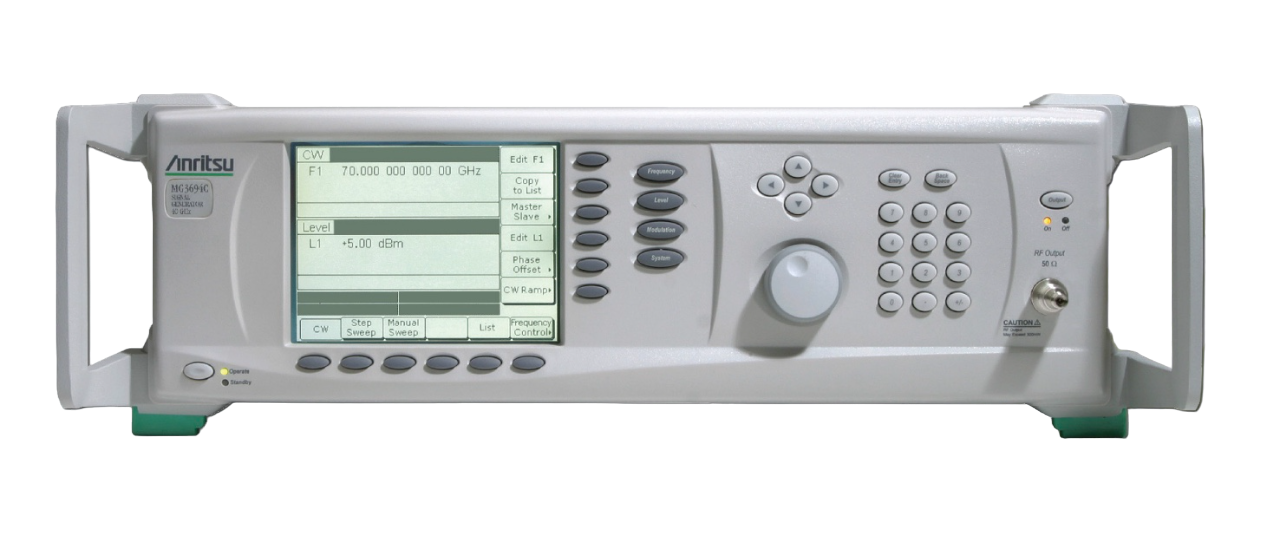 Signal Generator
Signal Generator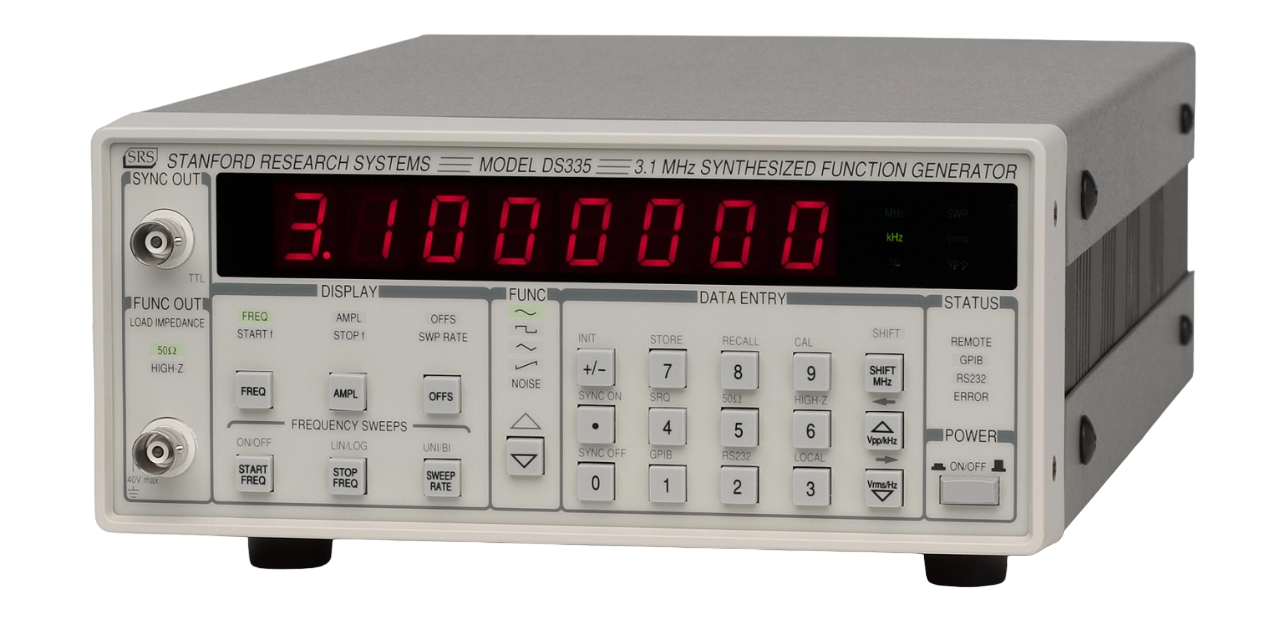 Function Generator
Function Generator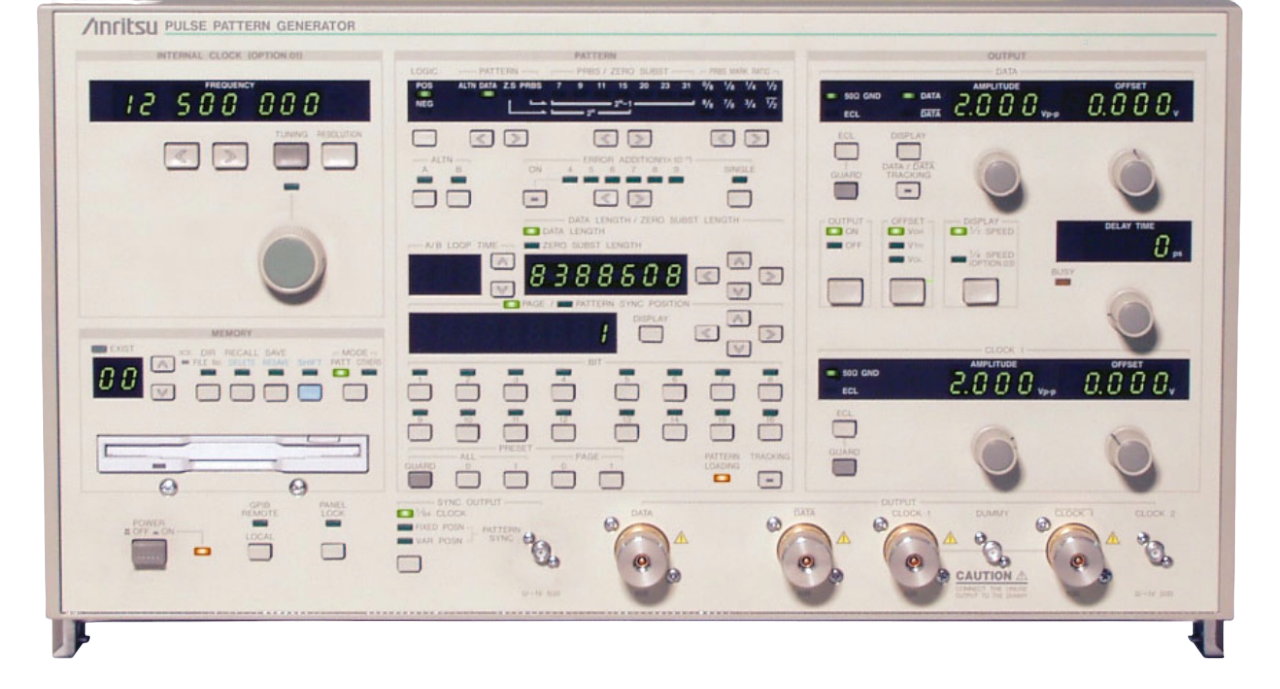 Pulse / Pattern Generator
Pulse / Pattern Generator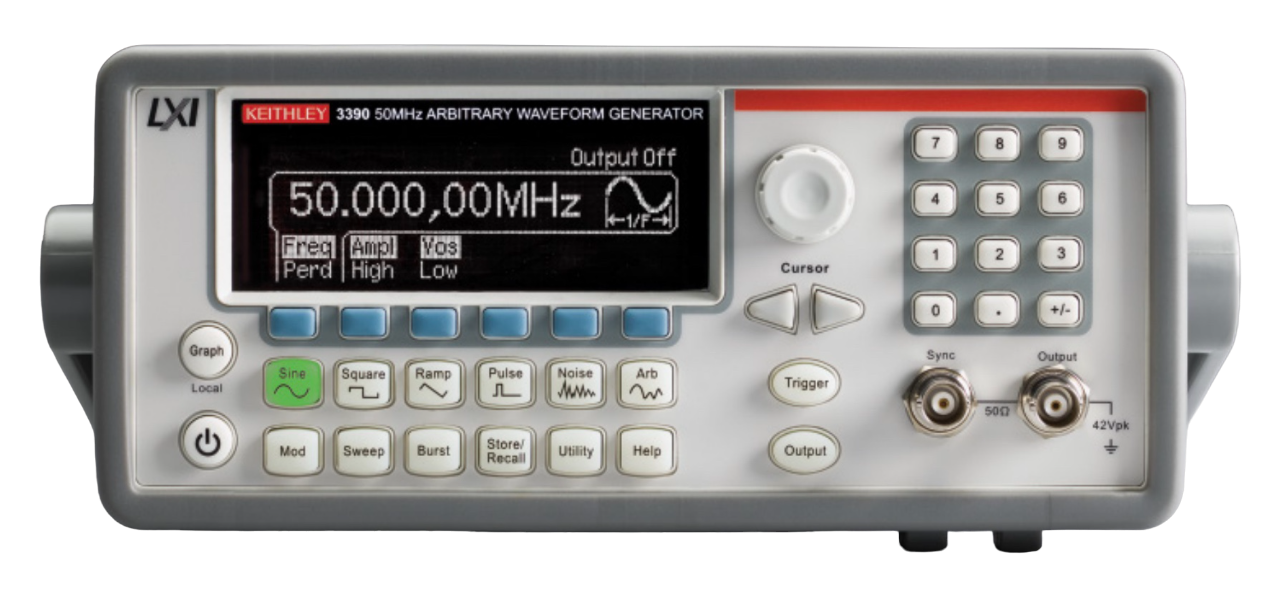 Waveform Generator
Waveform Generator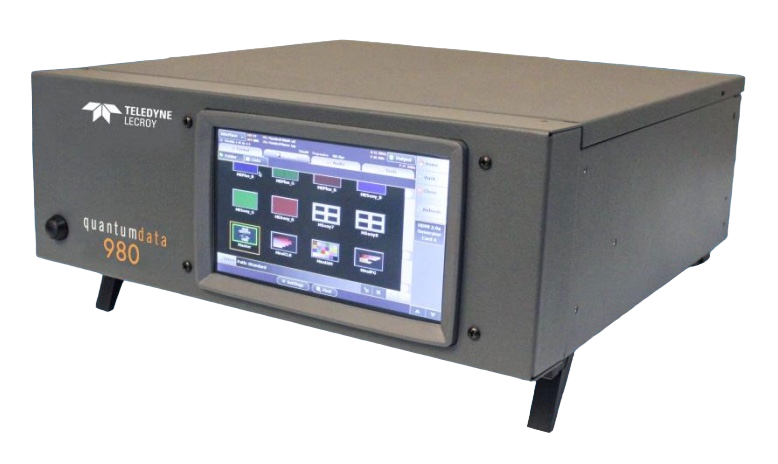 Other Generators
Other Generators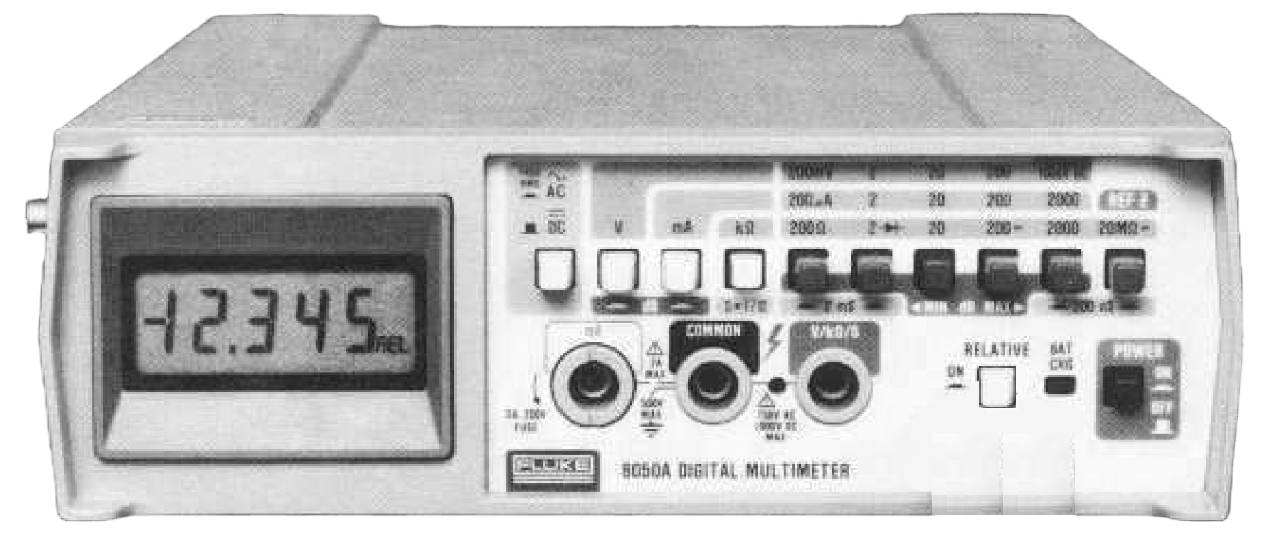 Digital Multimeter
Digital Multimeter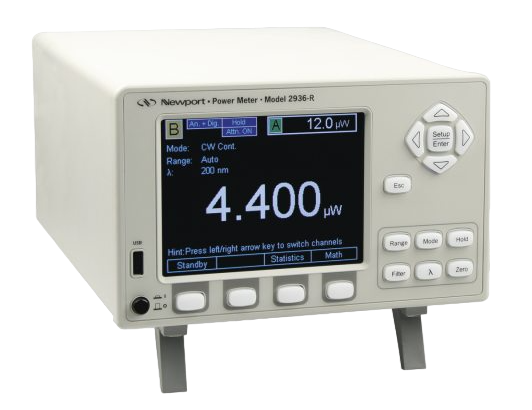 Power Meter
Power Meter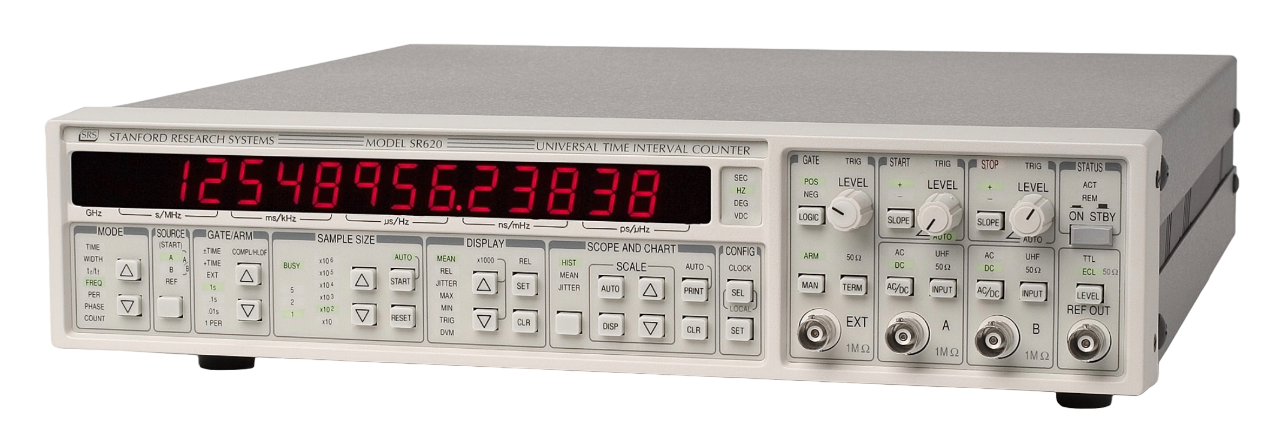 Frequency Counters
Frequency Counters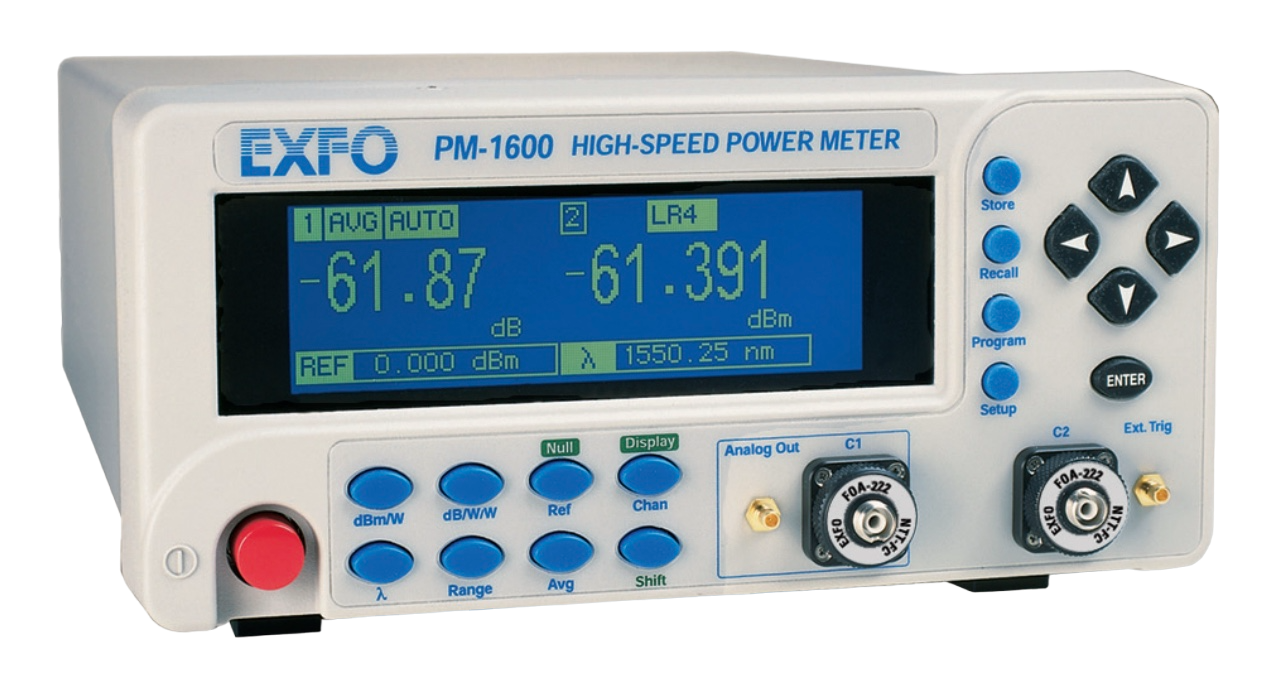 Optical Power Meter
Optical Power Meter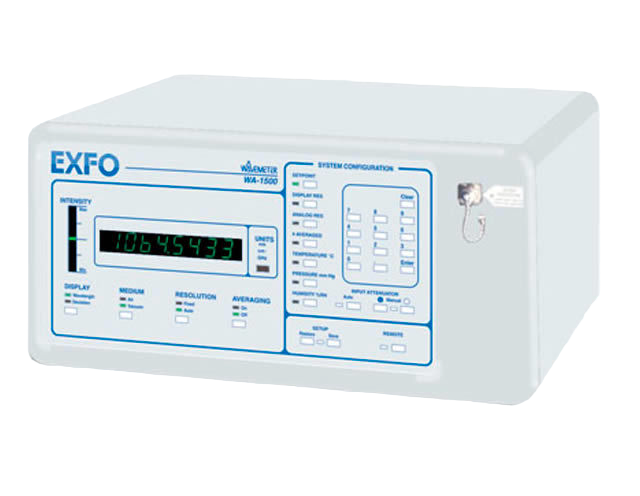 Wavelength Meter
Wavelength Meter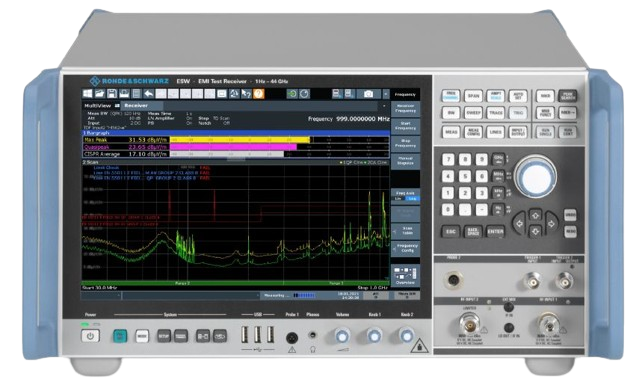 Receiver
Receiver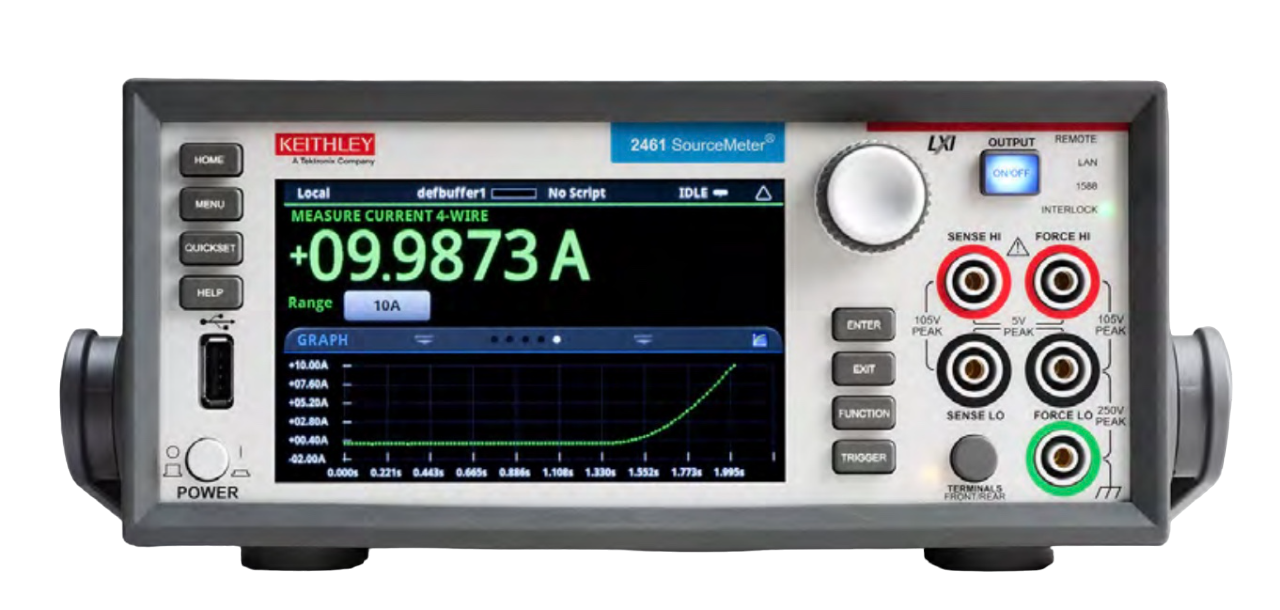 Current/Power Source Meter
Current/Power Source Meter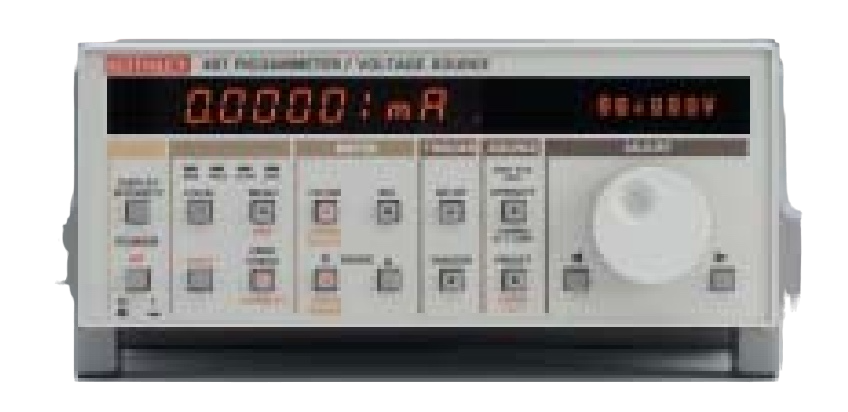 Picoammeter
Picoammeter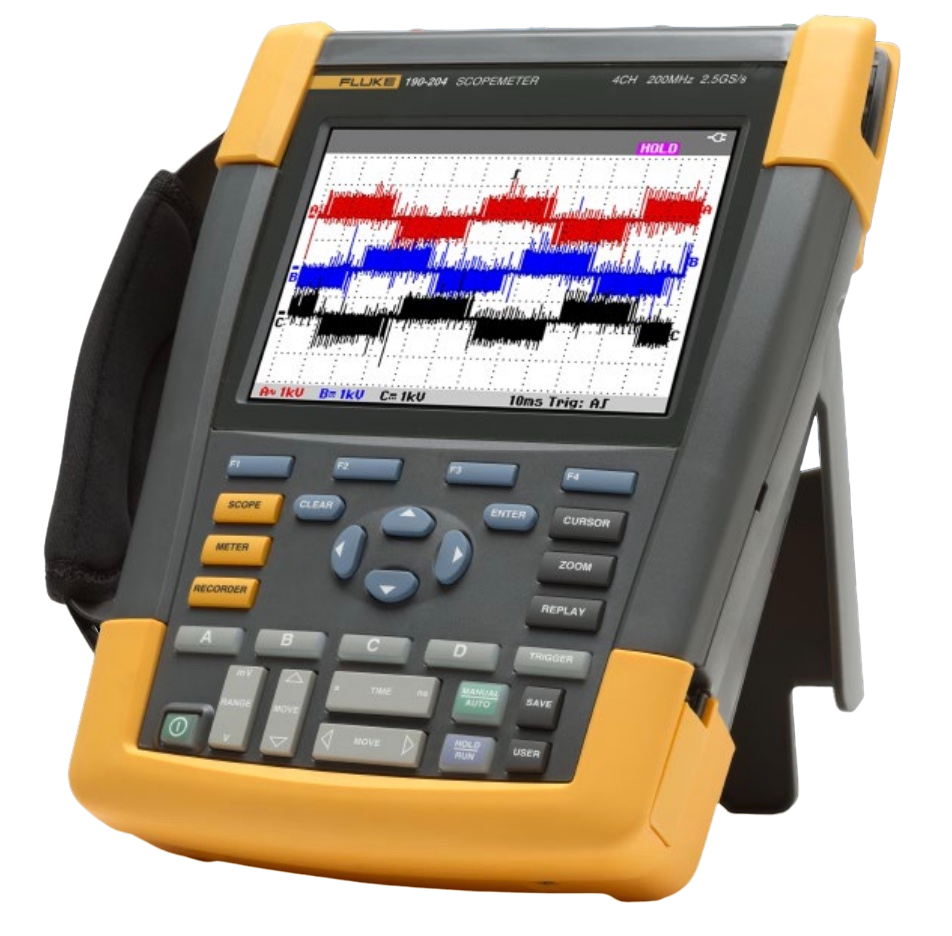 Other Meters
Other Meters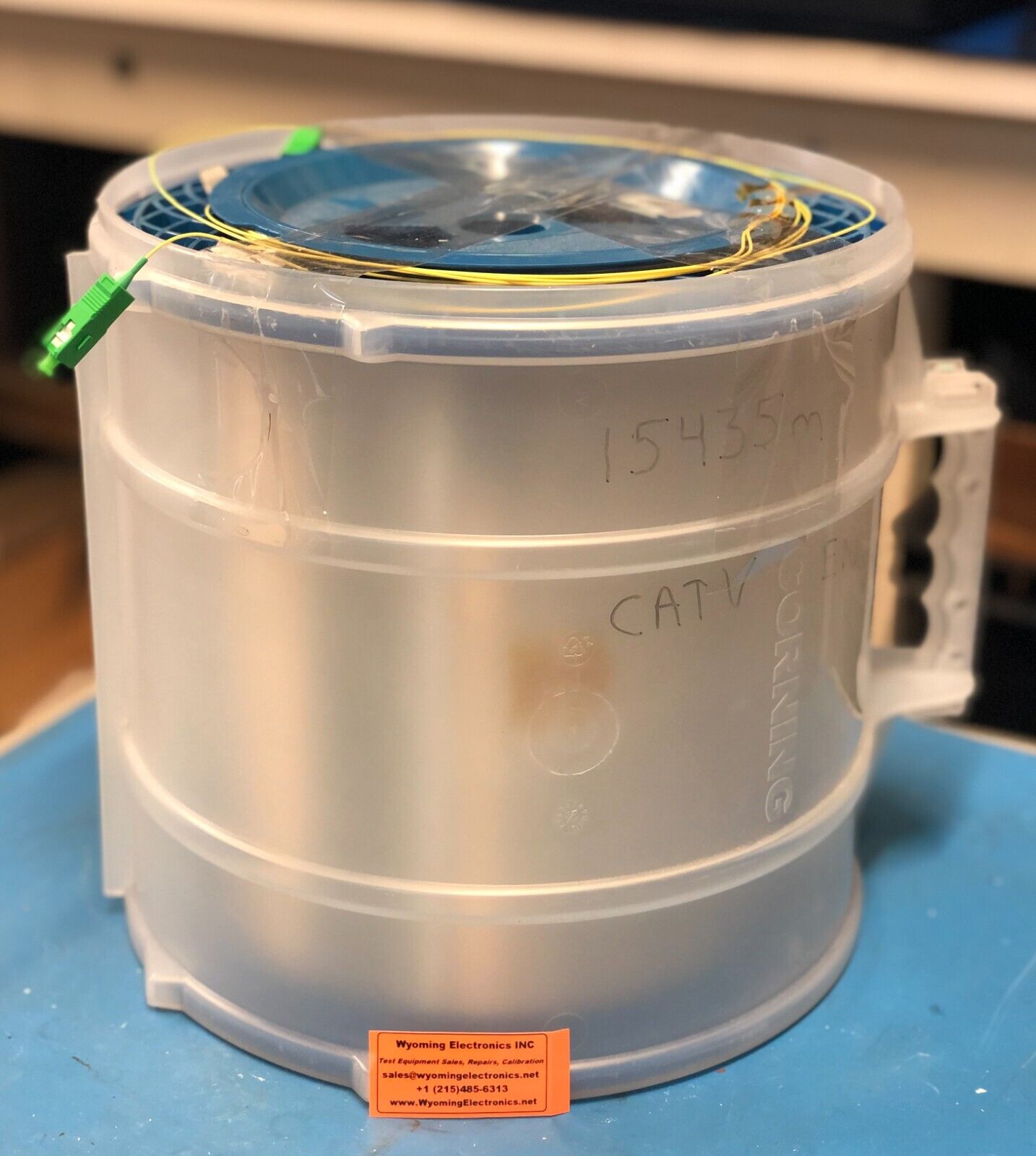 Optical Fiber
Optical Fiber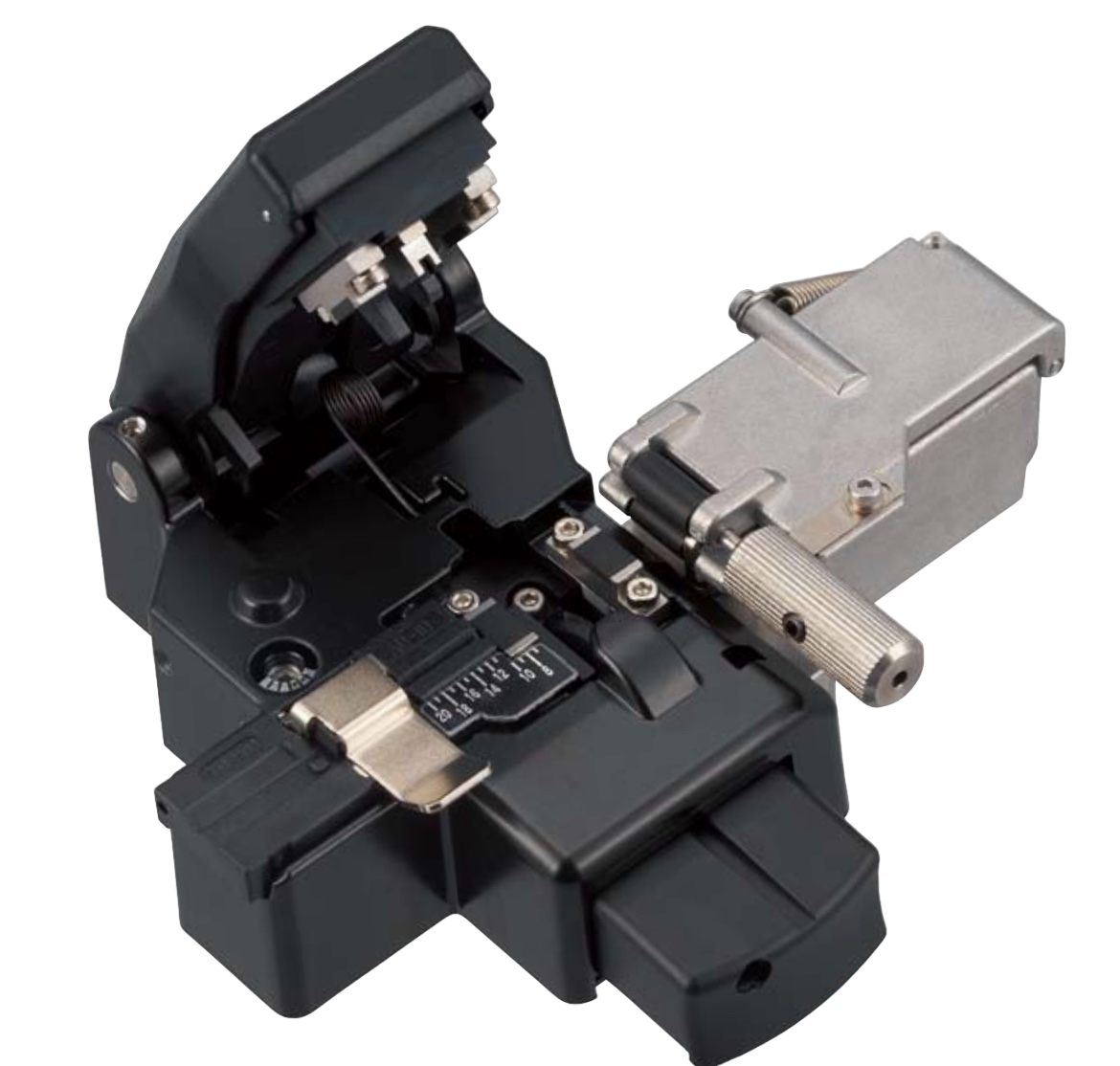 Fiber Cleaver
Fiber Cleaver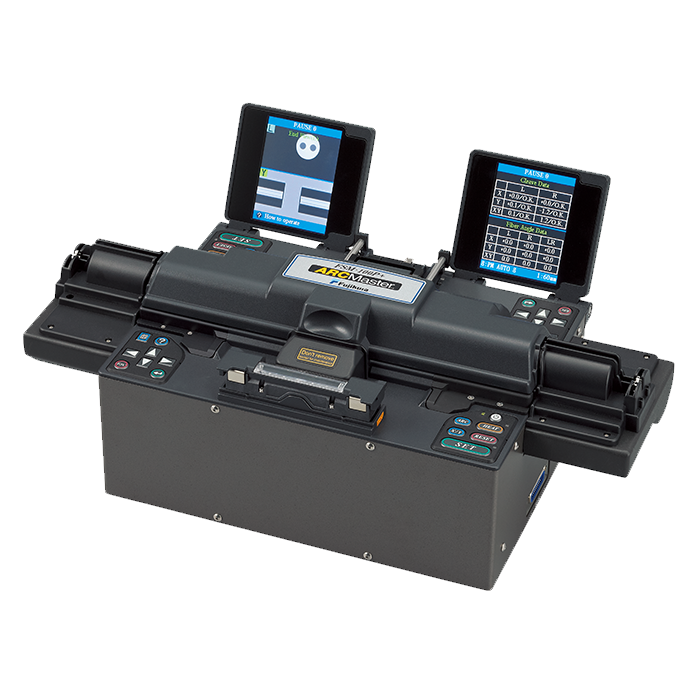 Fusion Splicer
Fusion Splicer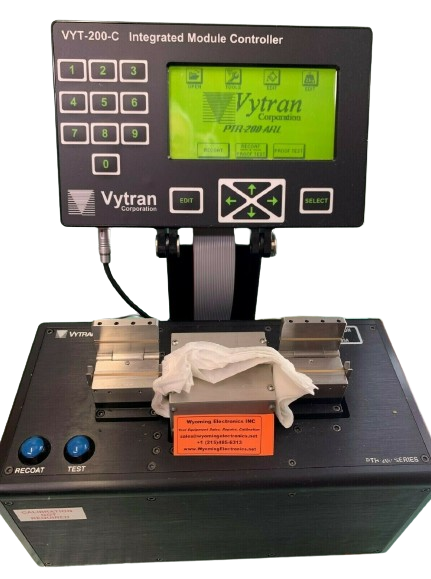 Fiber Recoater
Fiber Recoater Optical Attenuator
Optical Attenuator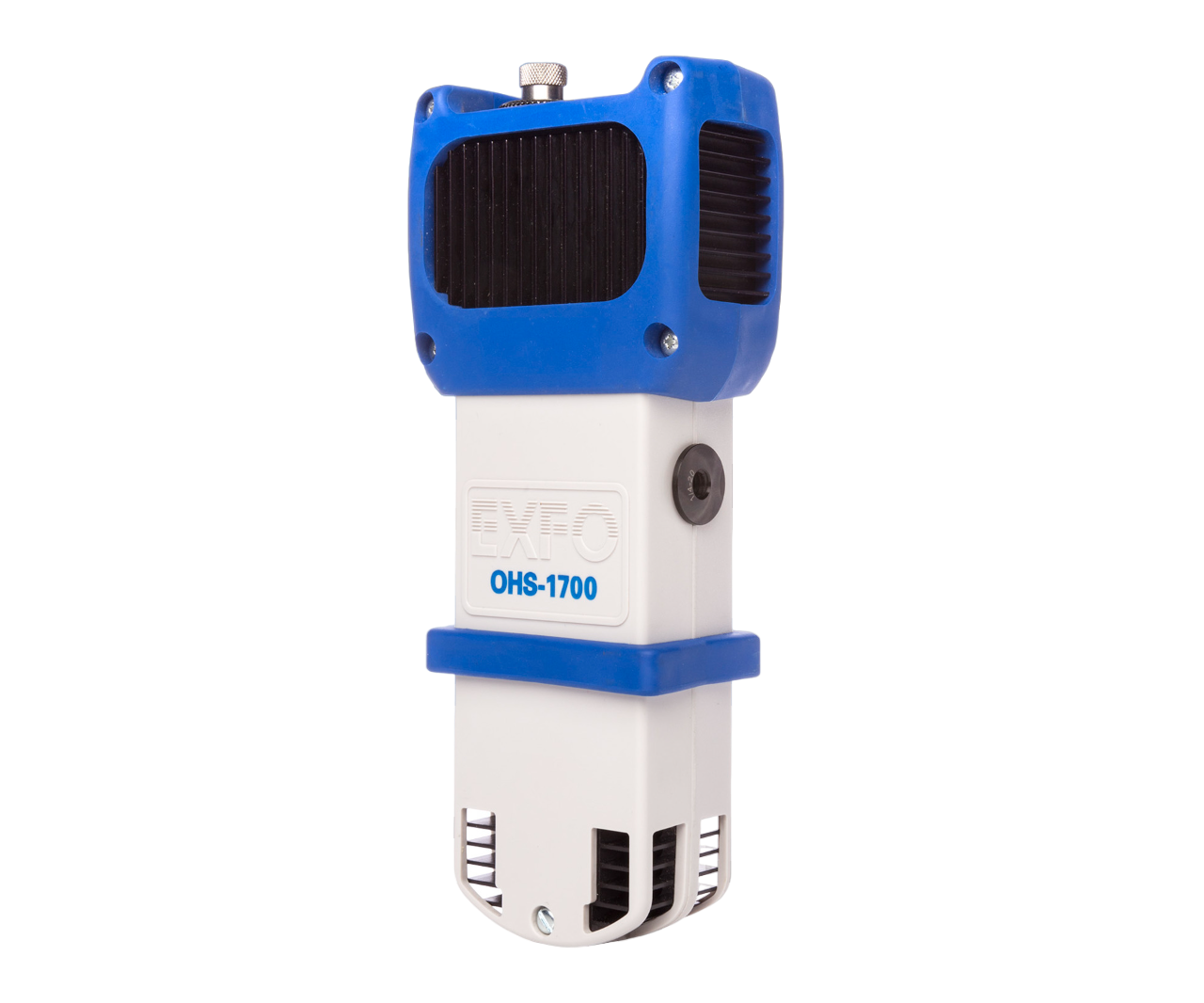 Optical Head
Optical Head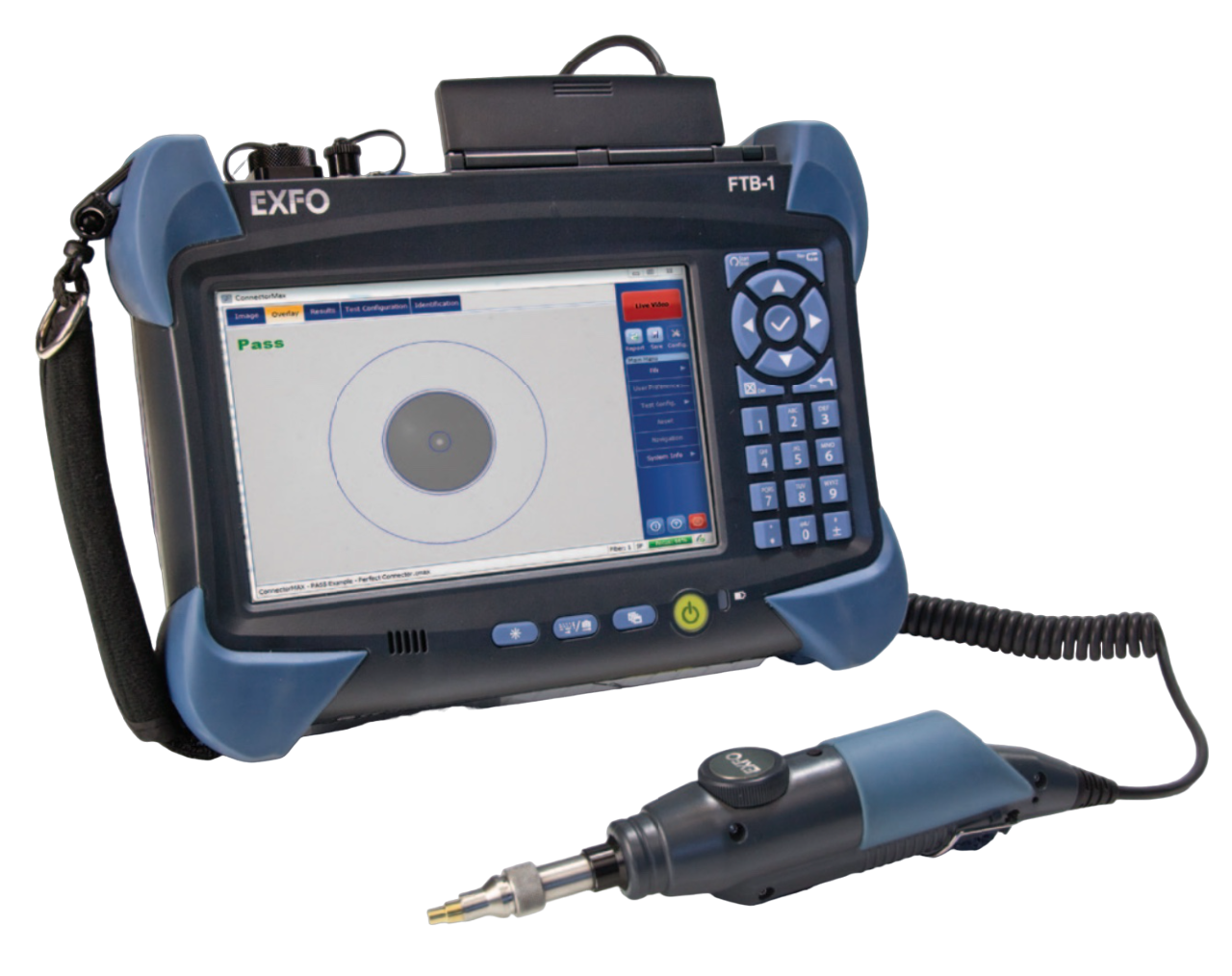 OTDR (Optical Time-Domain Reflectometer)
OTDR (Optical Time-Domain Reflectometer)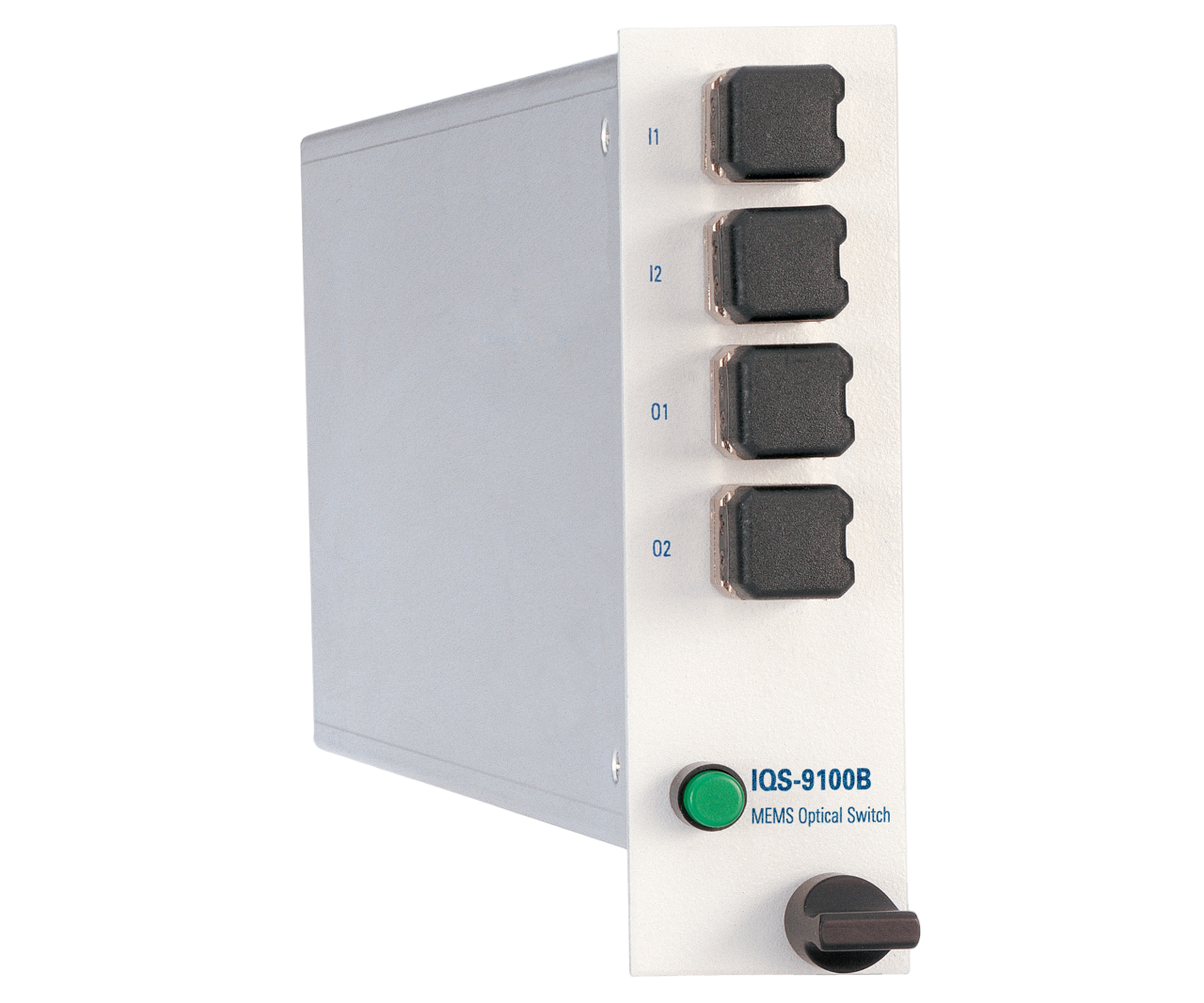 Other Optical Instruments
Other Optical Instruments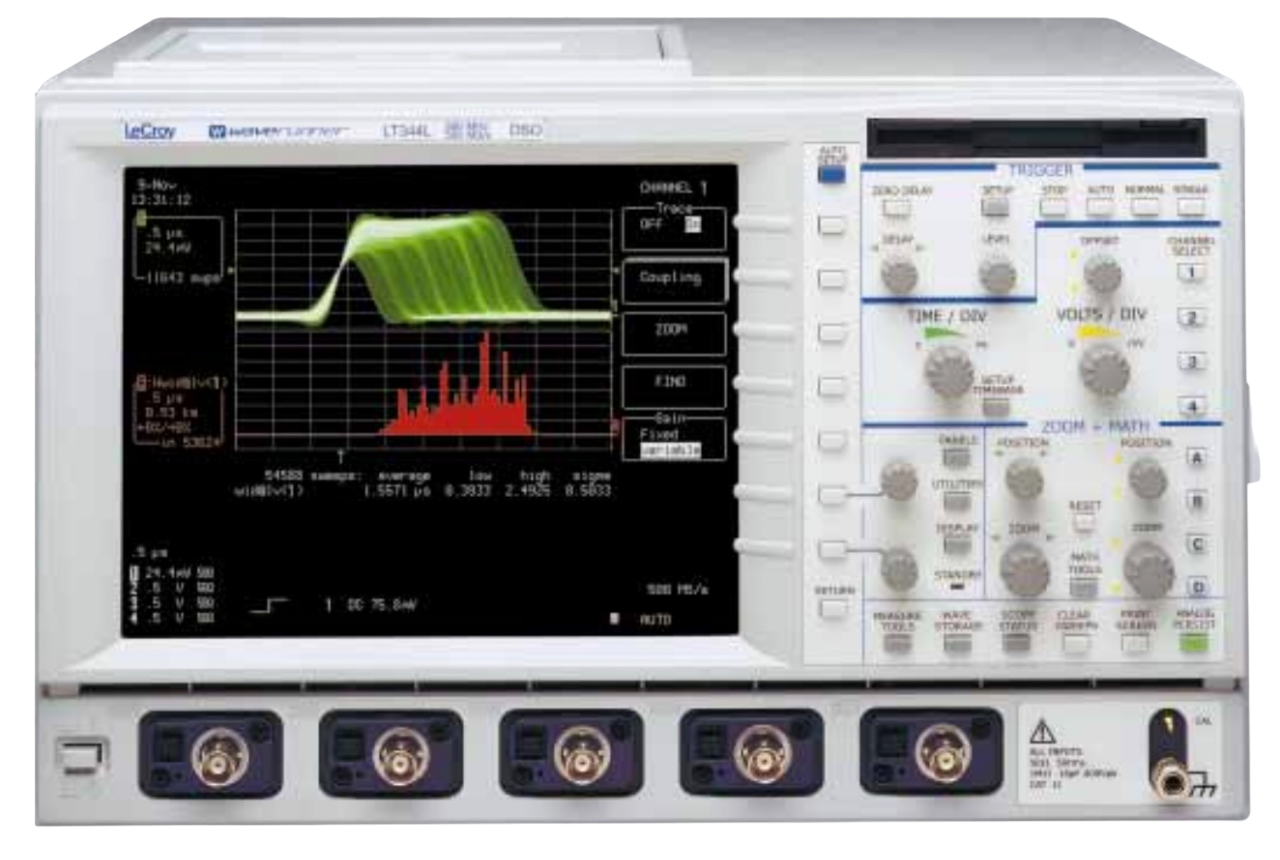 Oscilloscopes
Oscilloscopes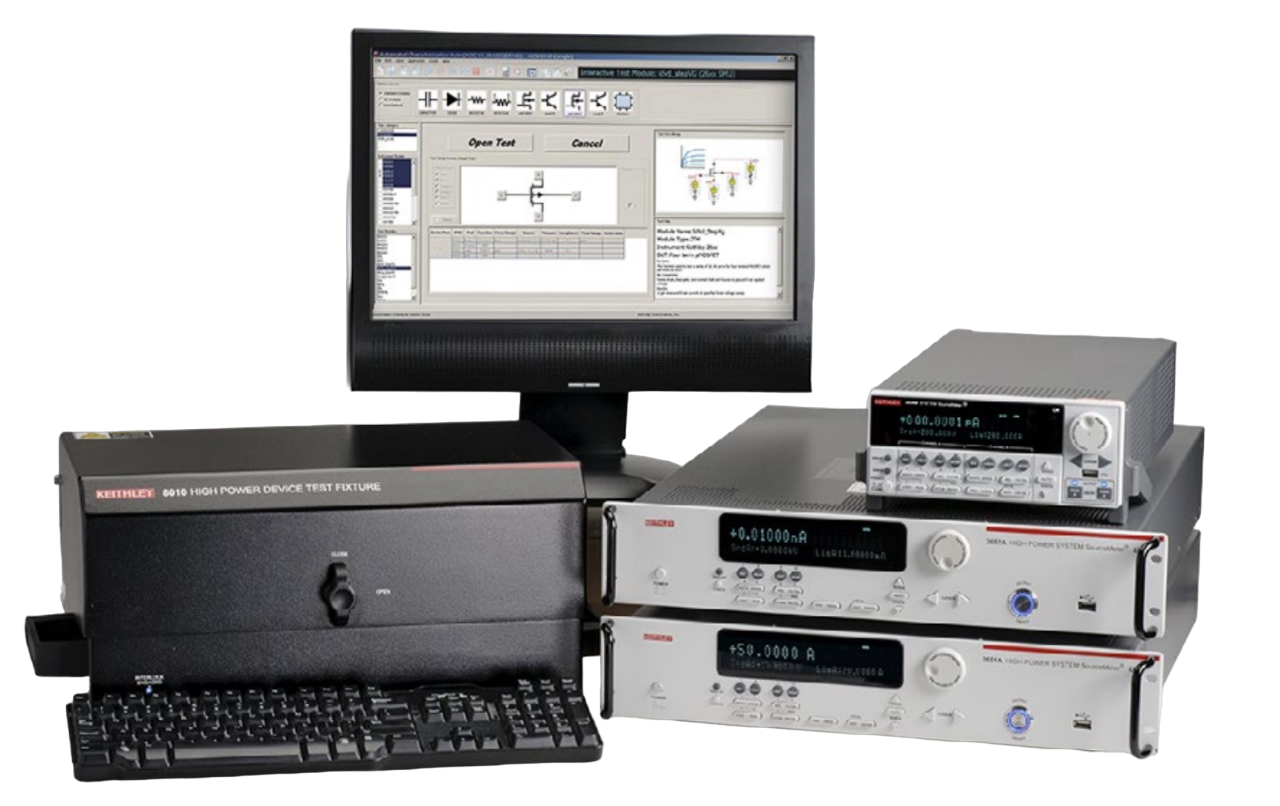 Curve Tracer
Curve Tracer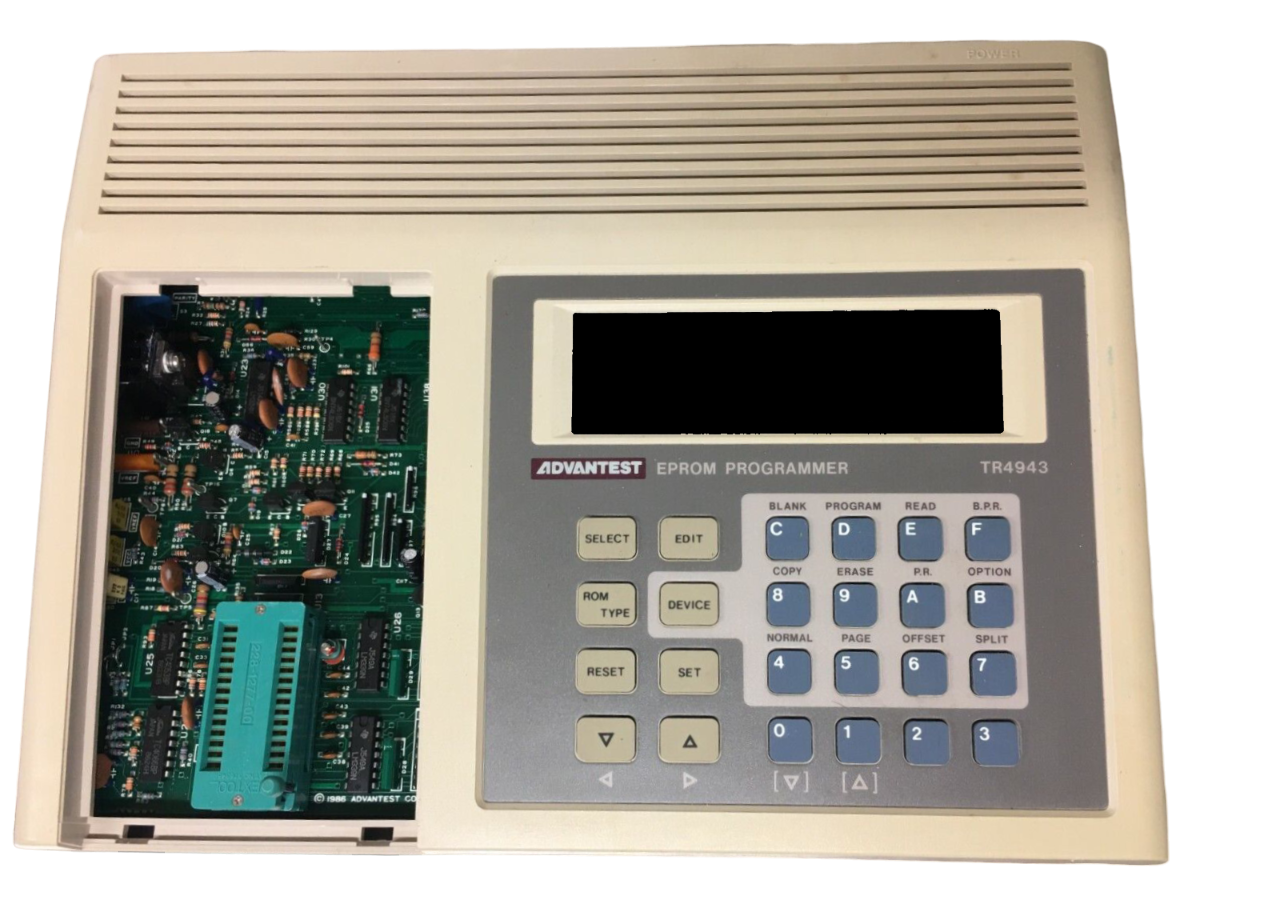 EPROM Programer
EPROM Programer Recorder
Recorder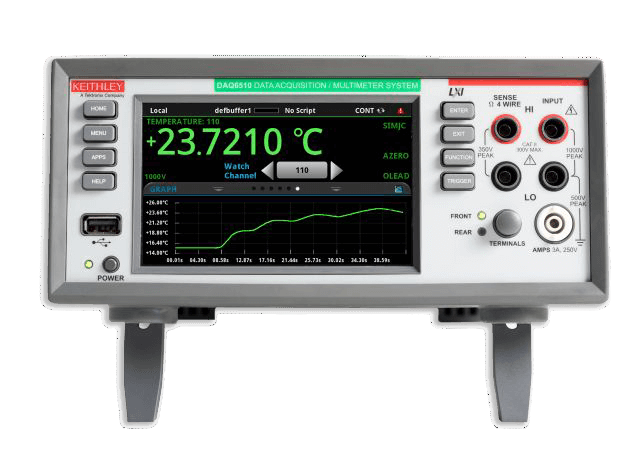 Data Acquisition System
Data Acquisition System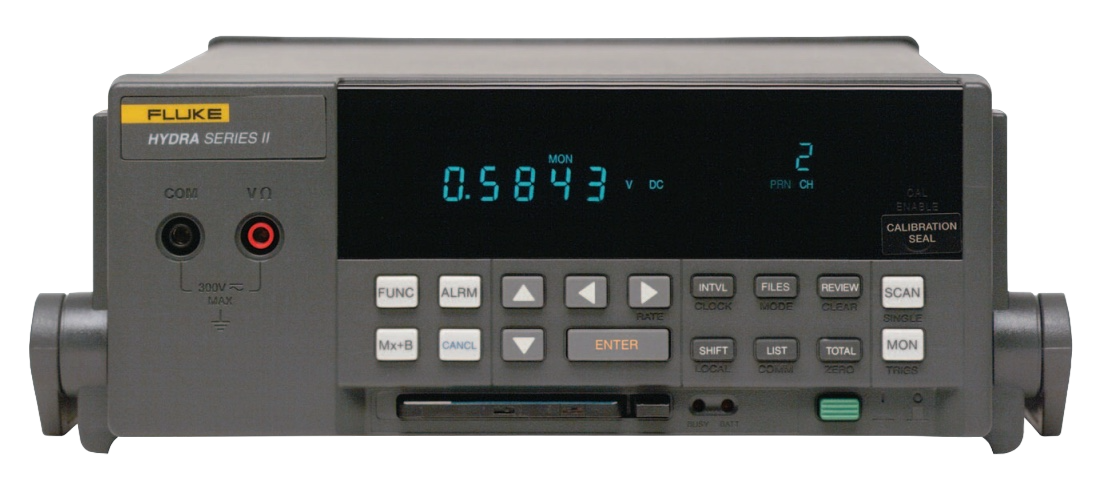 Data Logger
Data Logger Calibration Kit
Calibration Kit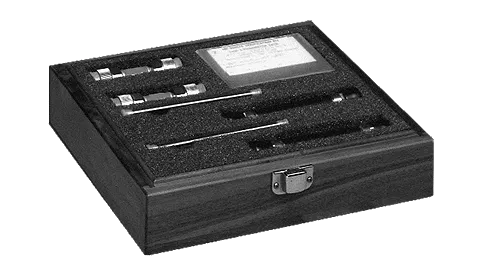 Verification Kit
Verification Kit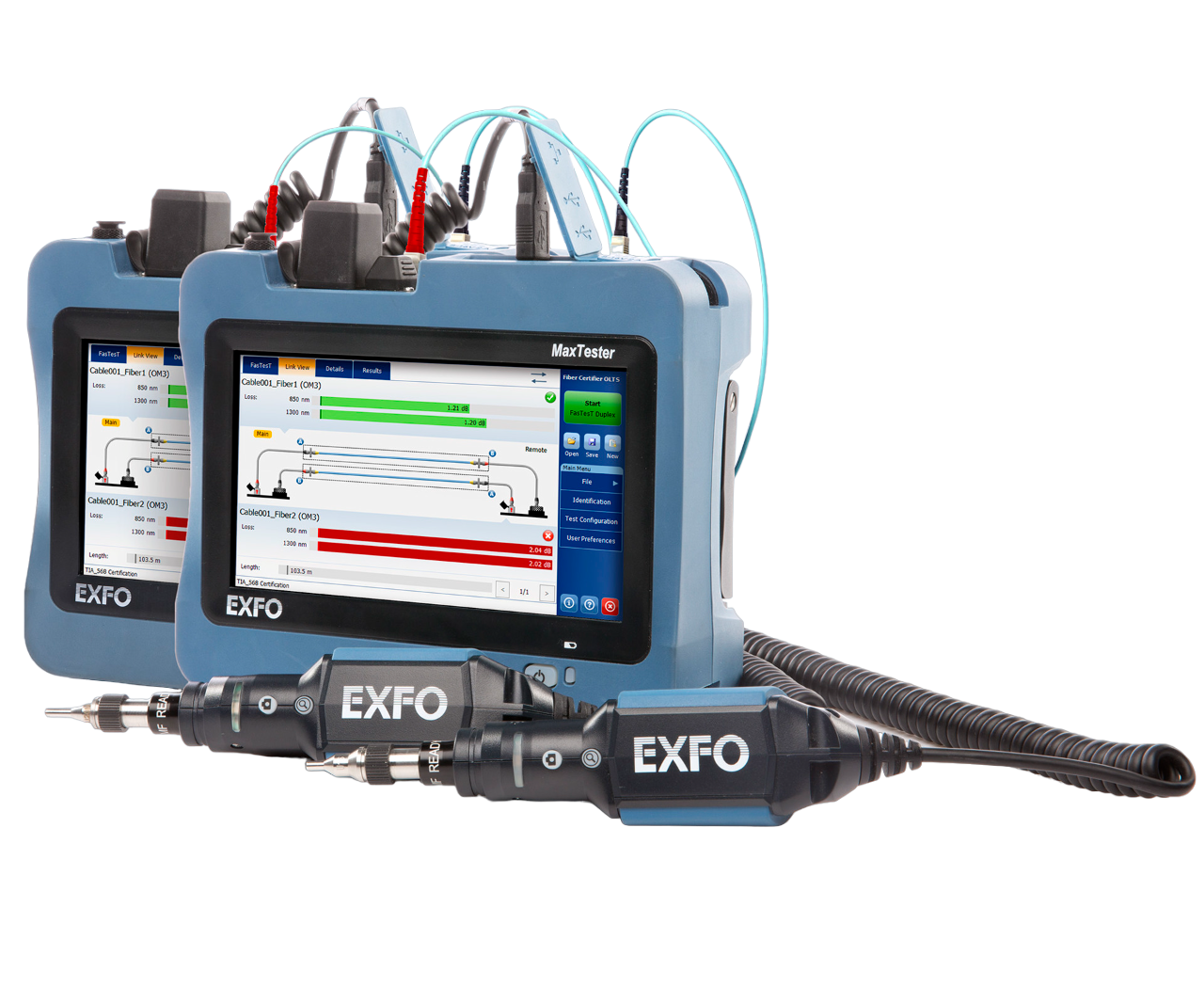 Test Set
Test Set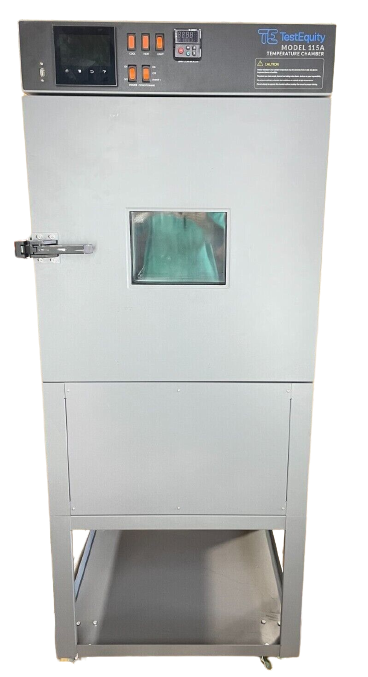 Test Chamber / Ovens
Test Chamber / Ovens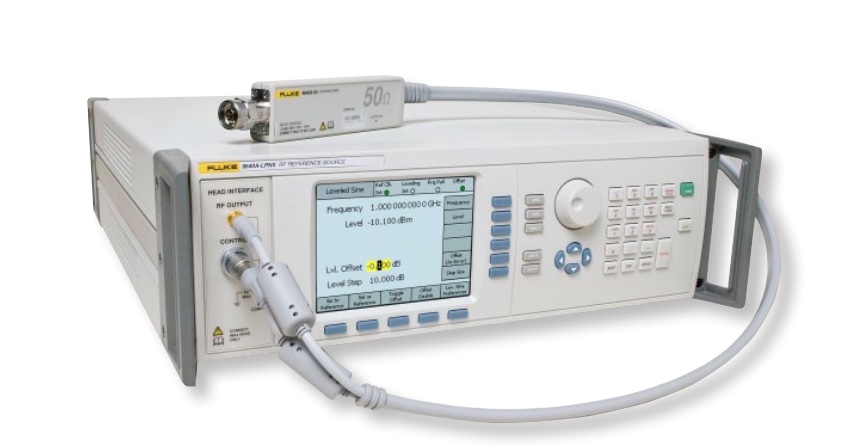 Calibrator
Calibrator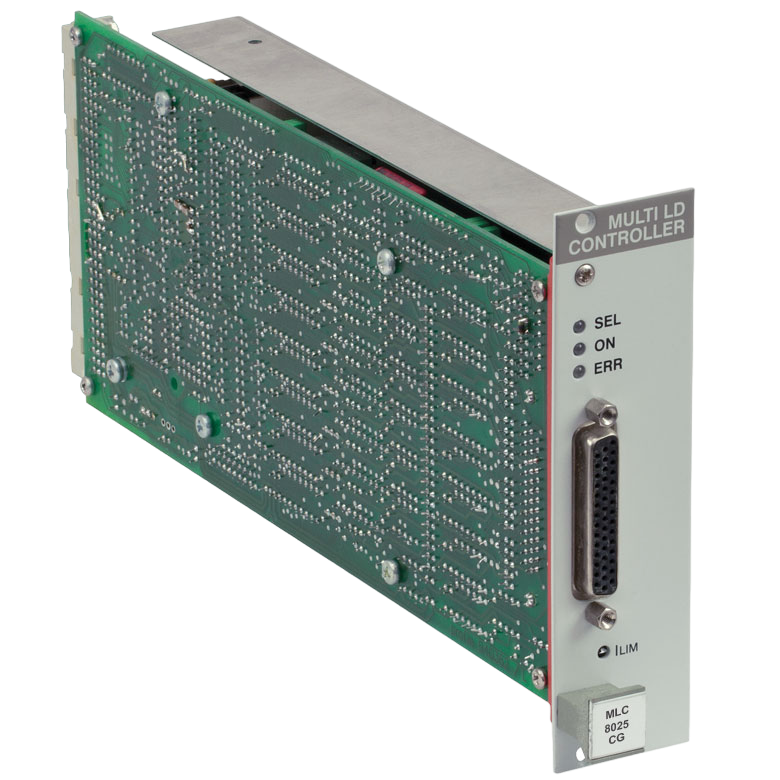 Controller
Controller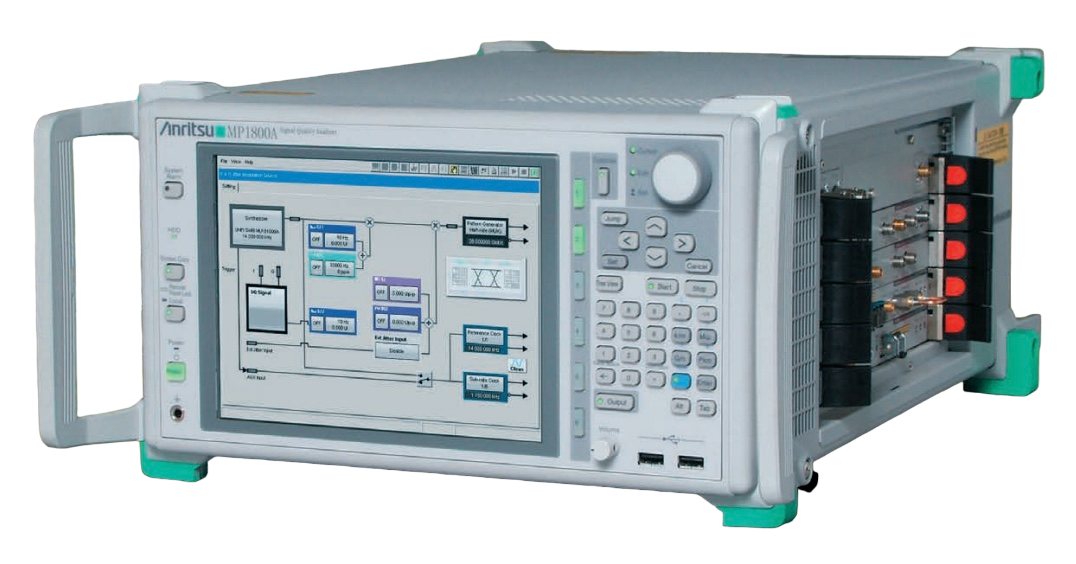 Mainframe
Mainframe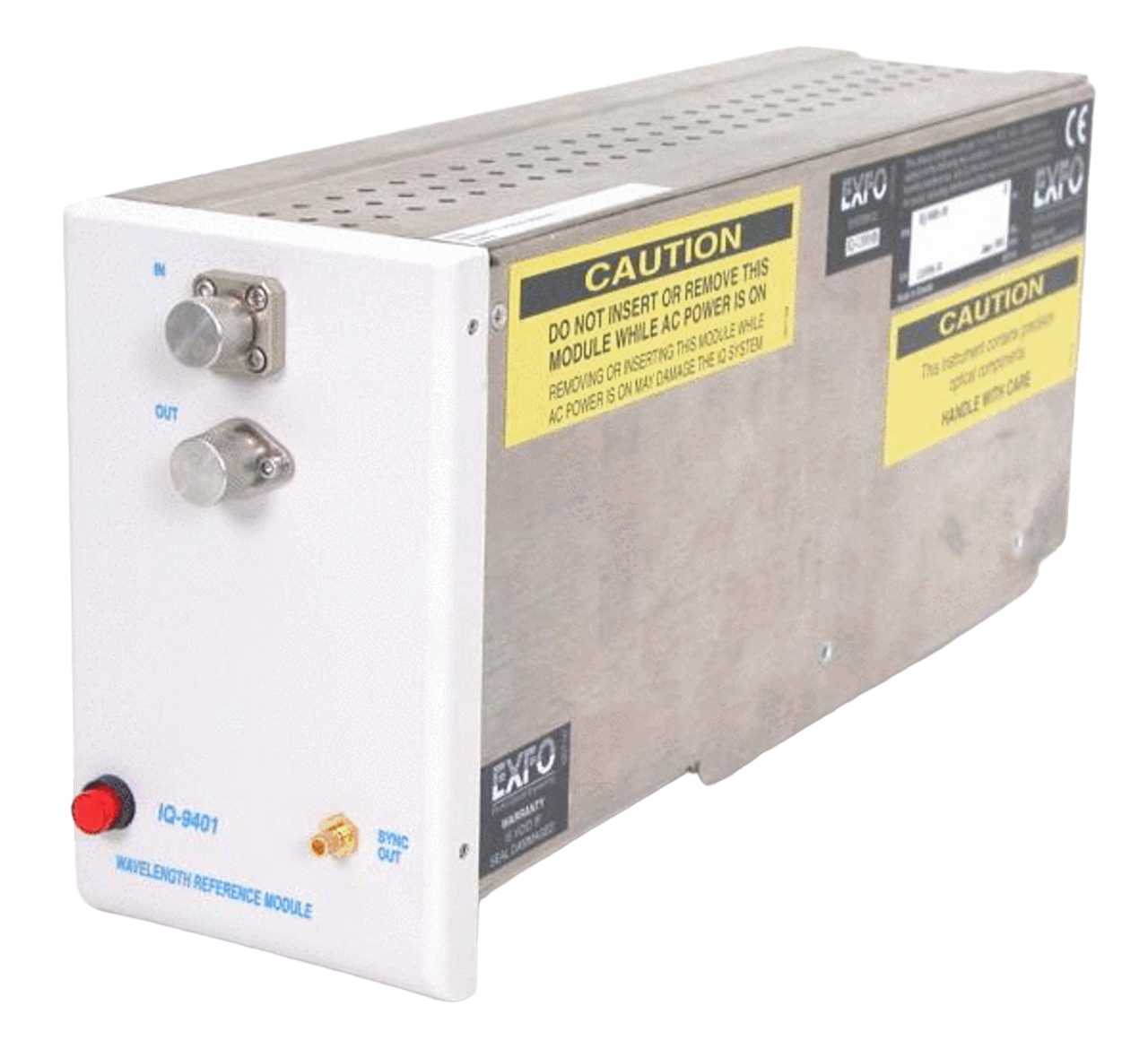 Module
Module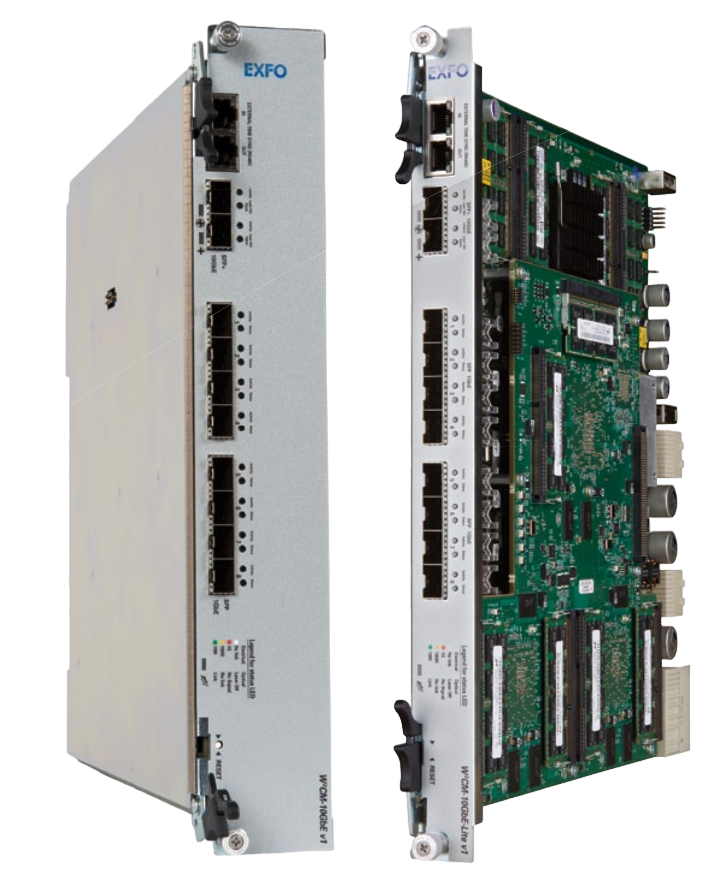 Interfaces(GPIB, Power)
Interfaces(GPIB, Power)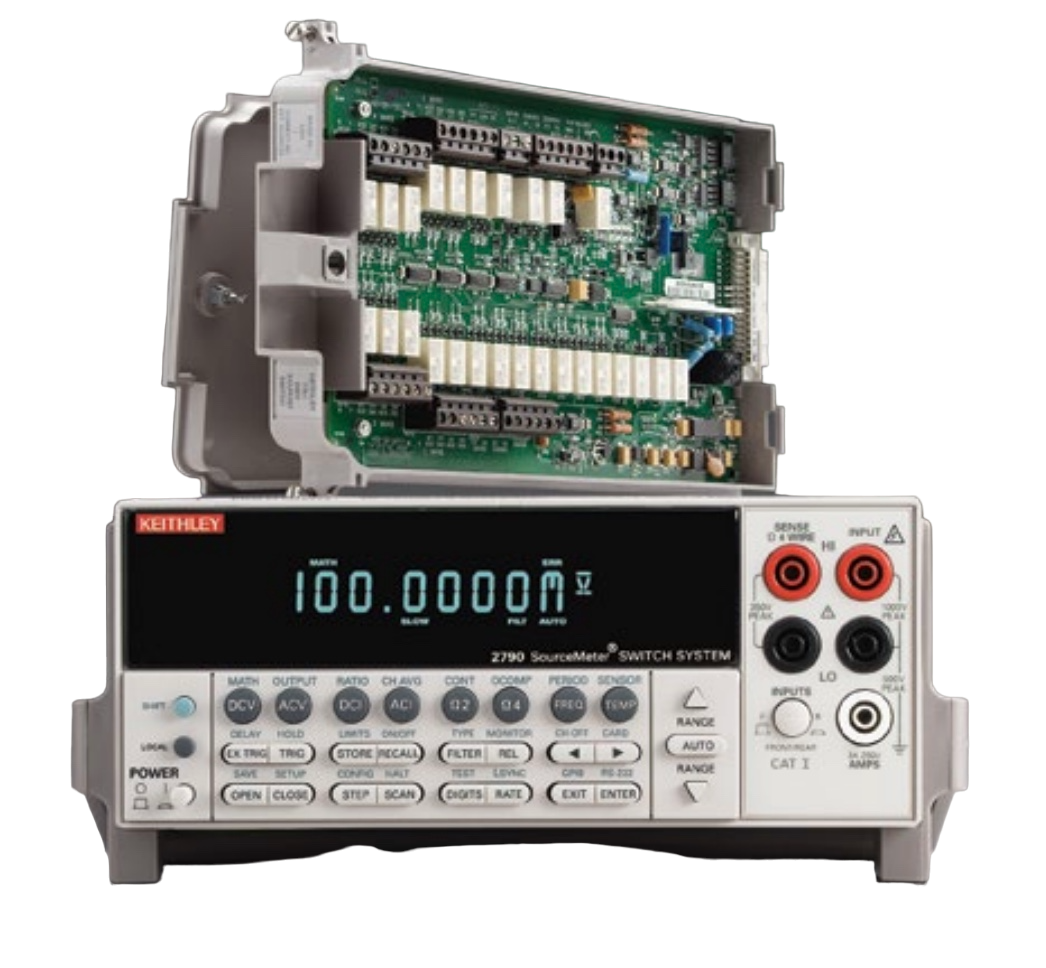 Switch
Switch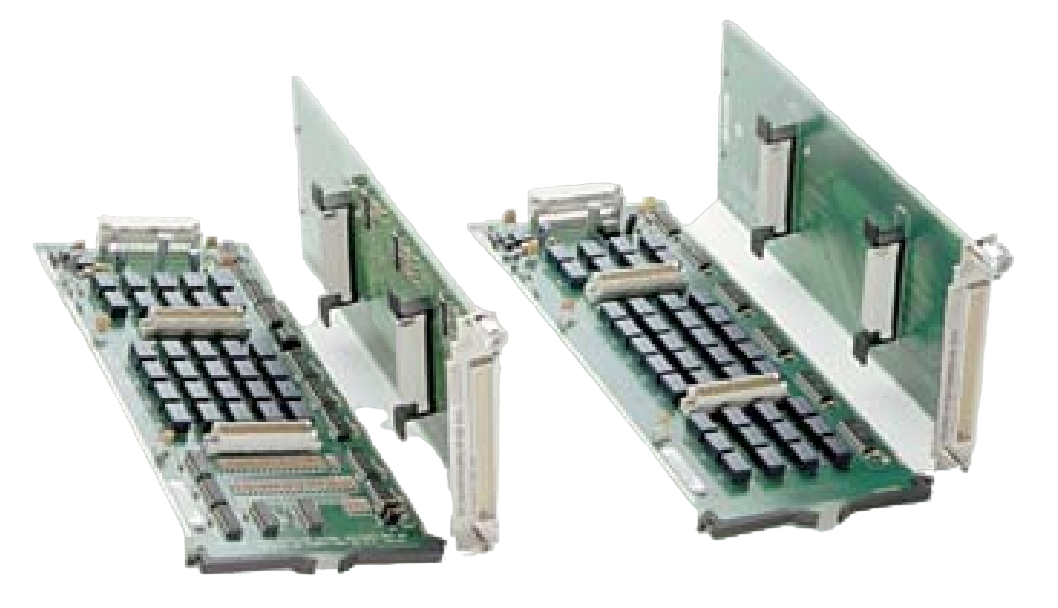 Matrix Cards
Matrix Cards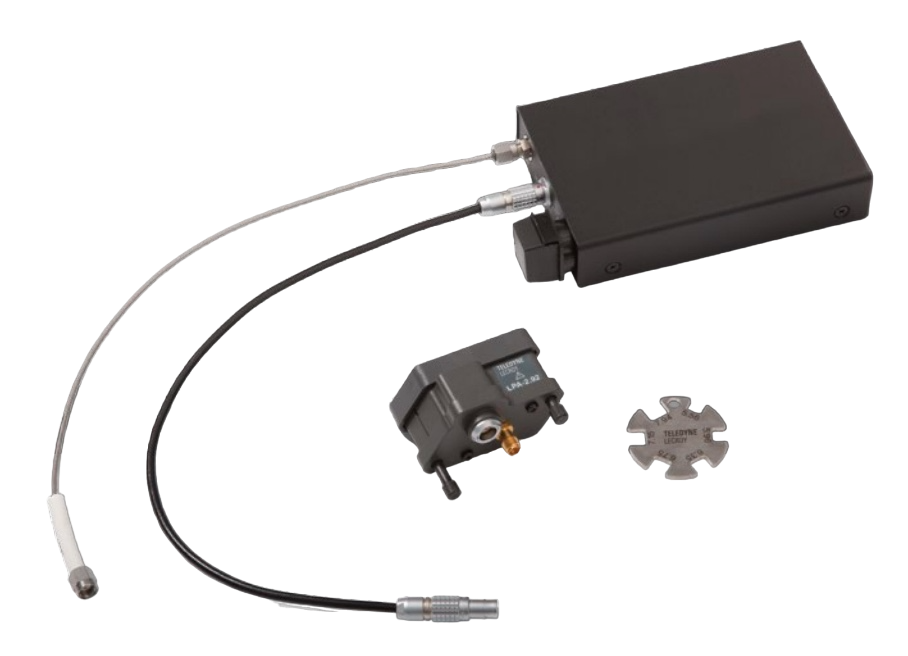 Converter
Converter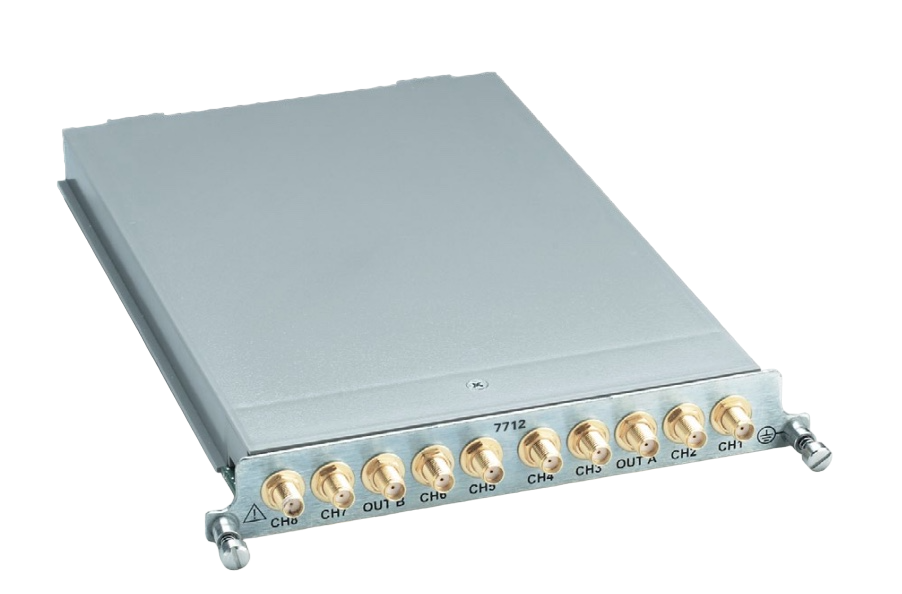 Multiplexer
Multiplexer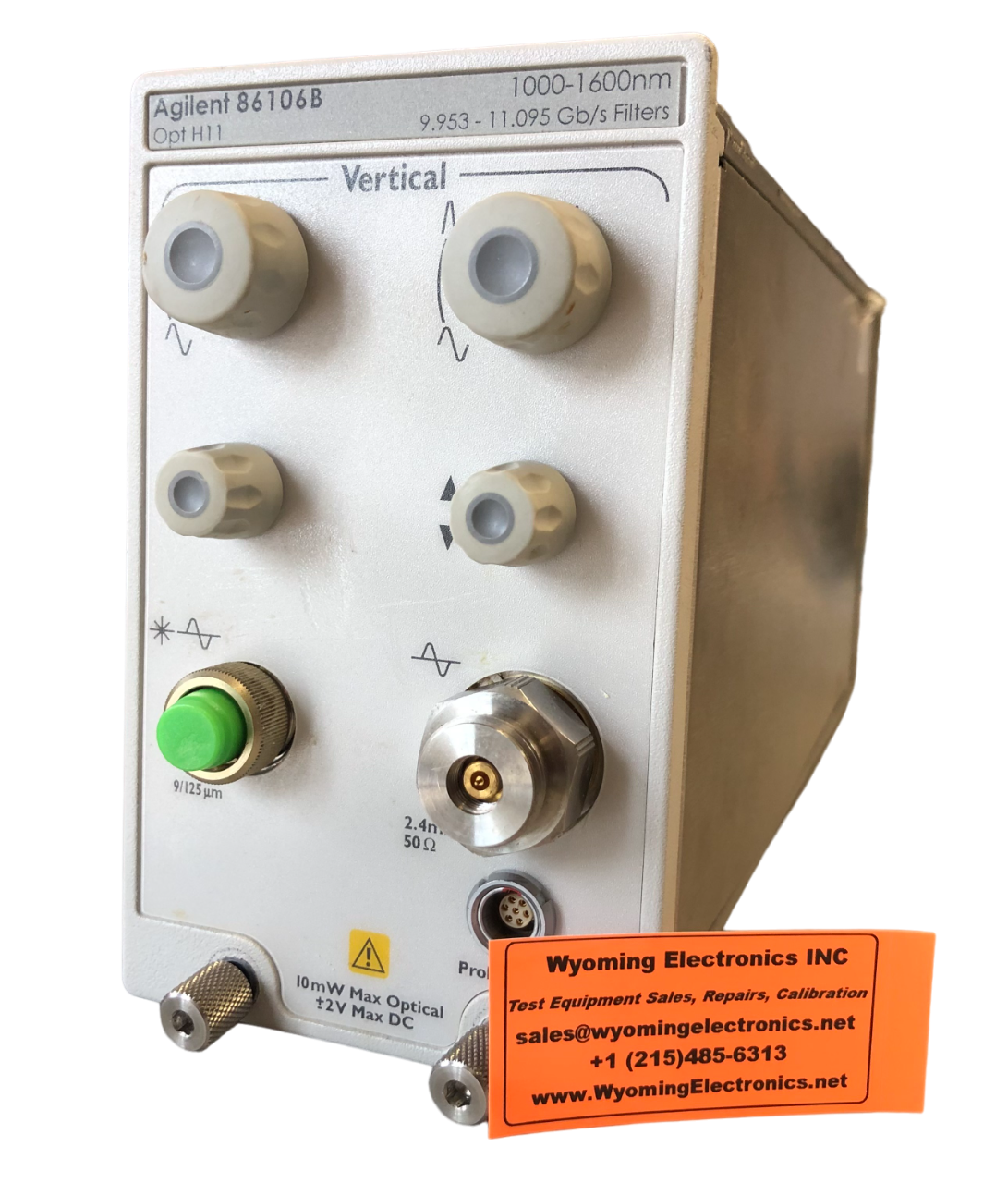 Plug-in
Plug-in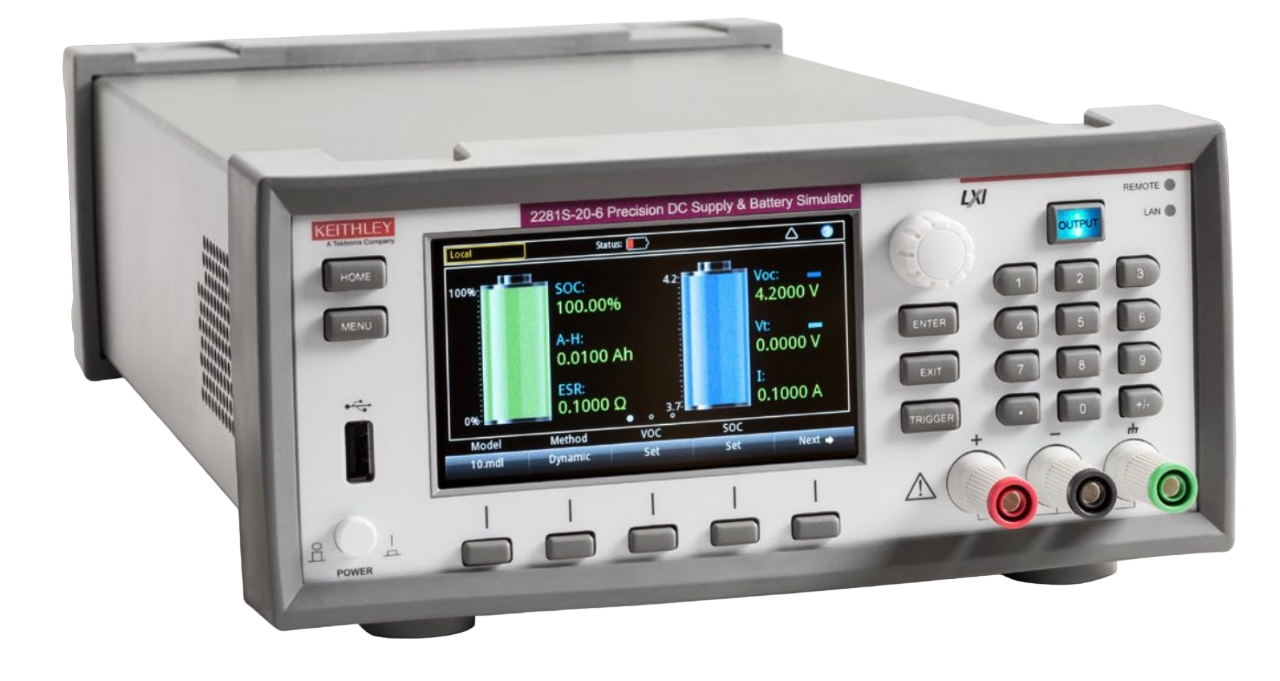 Simulator
Simulator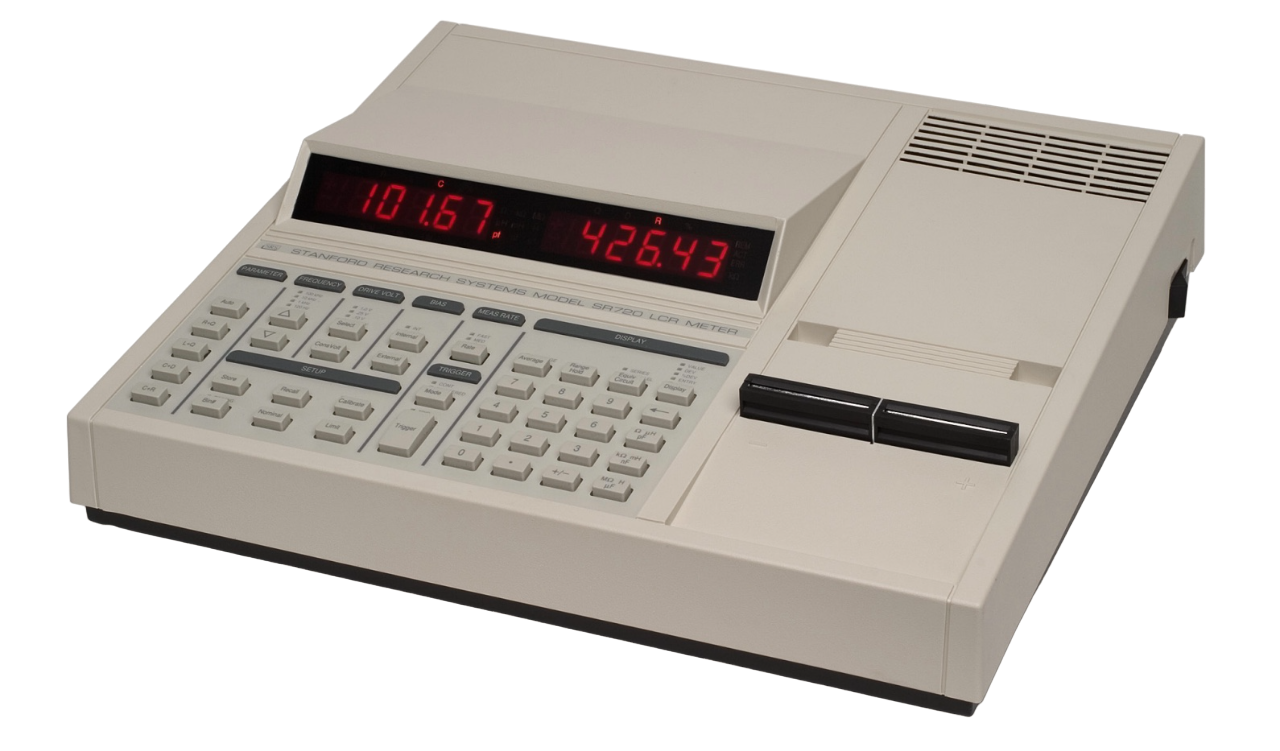 LCR Meters
LCR Meters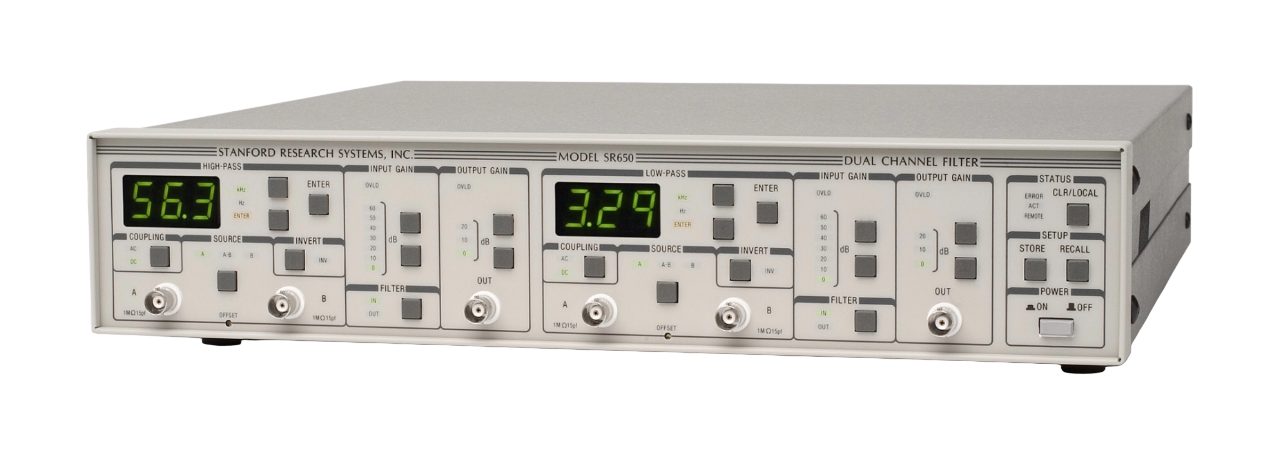 Filters
Filters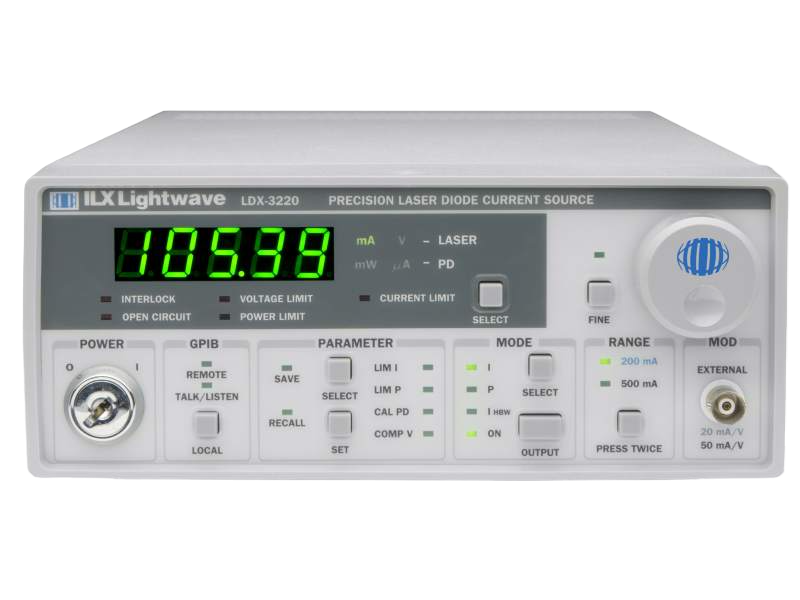 Laser Drivers
Laser Drivers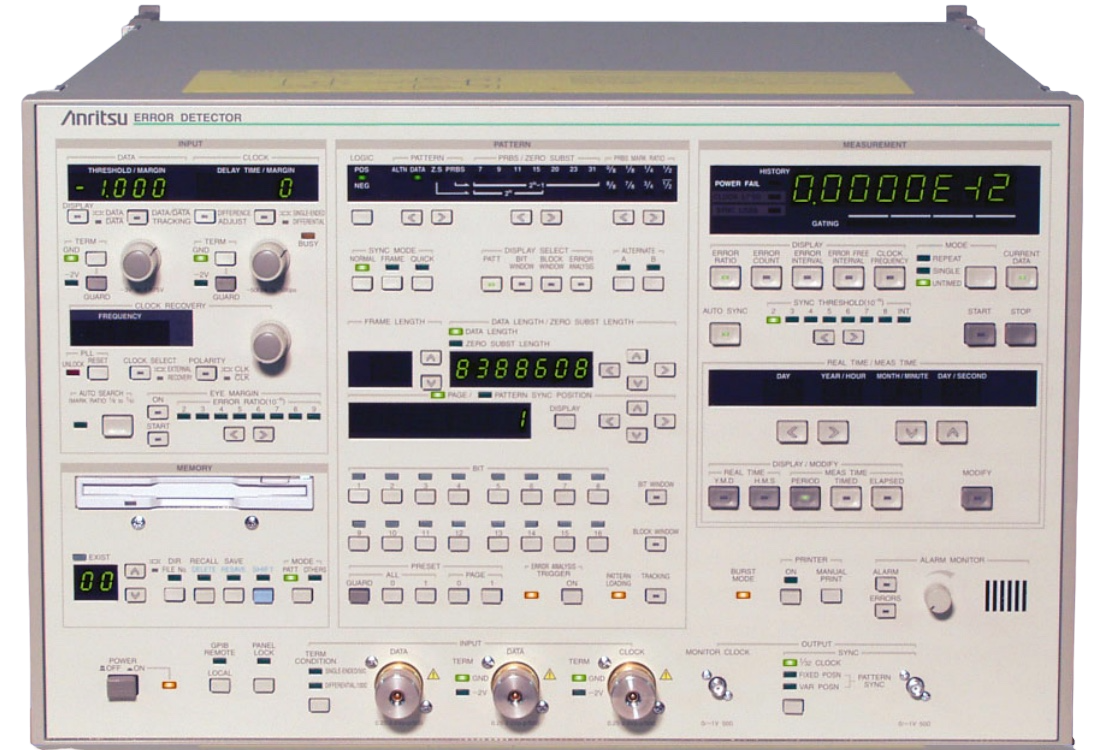 Error Detectors
Error Detectors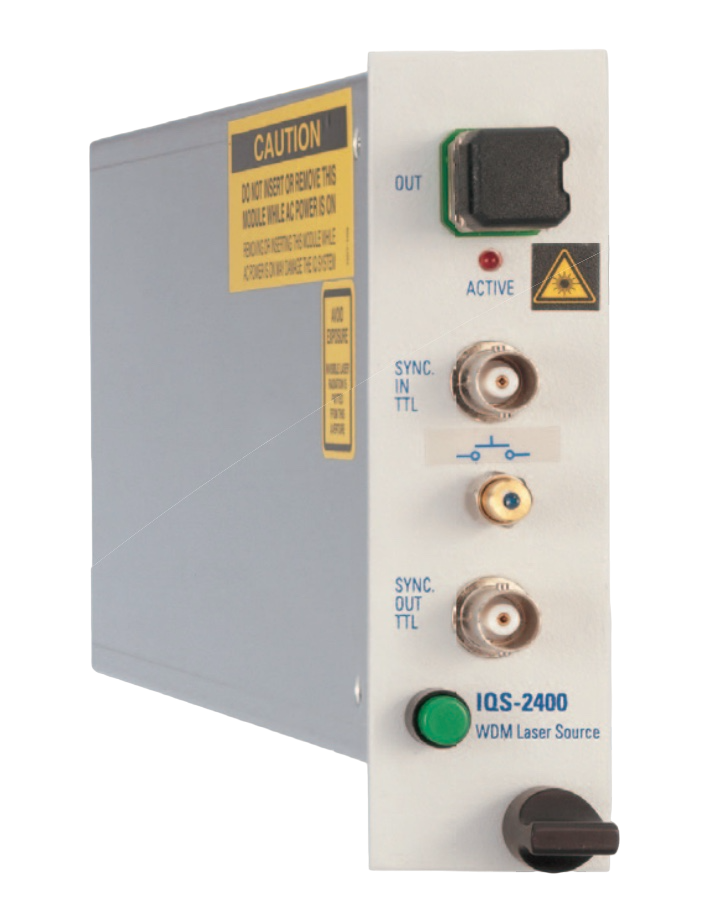 Laser Source
Laser Source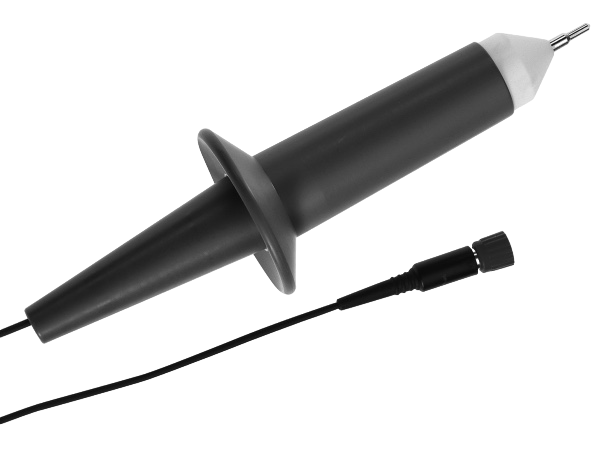 Probe
Probe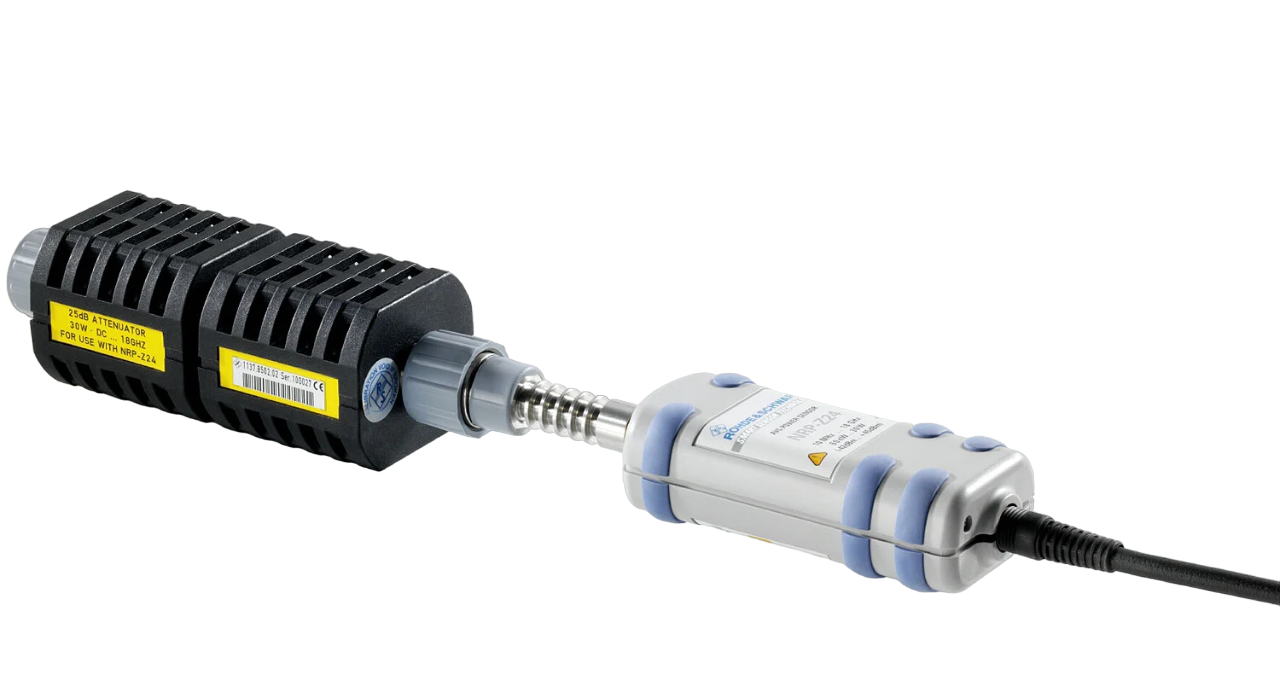 Power Sensor
Power Sensor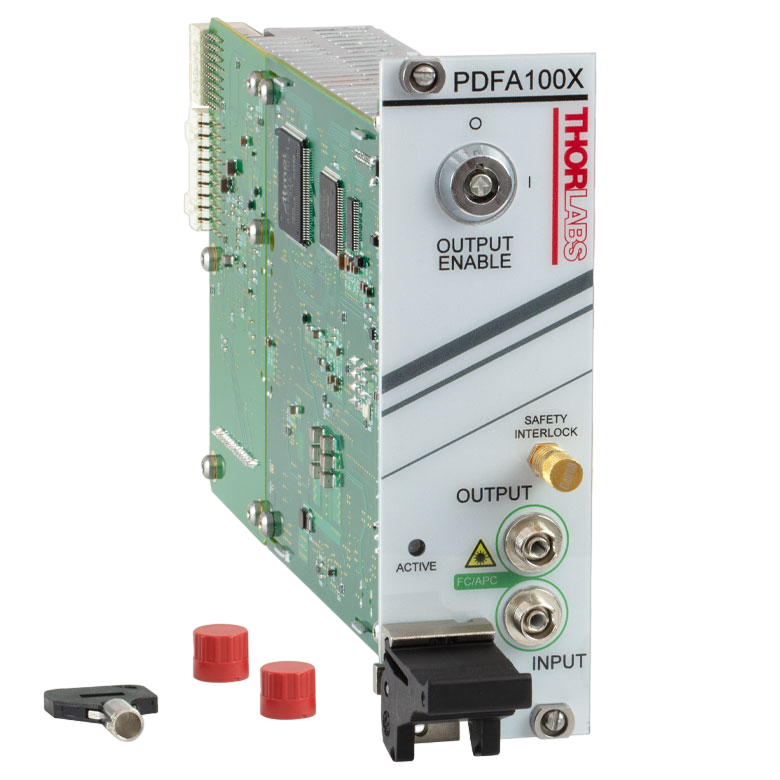 Amplifier
Amplifier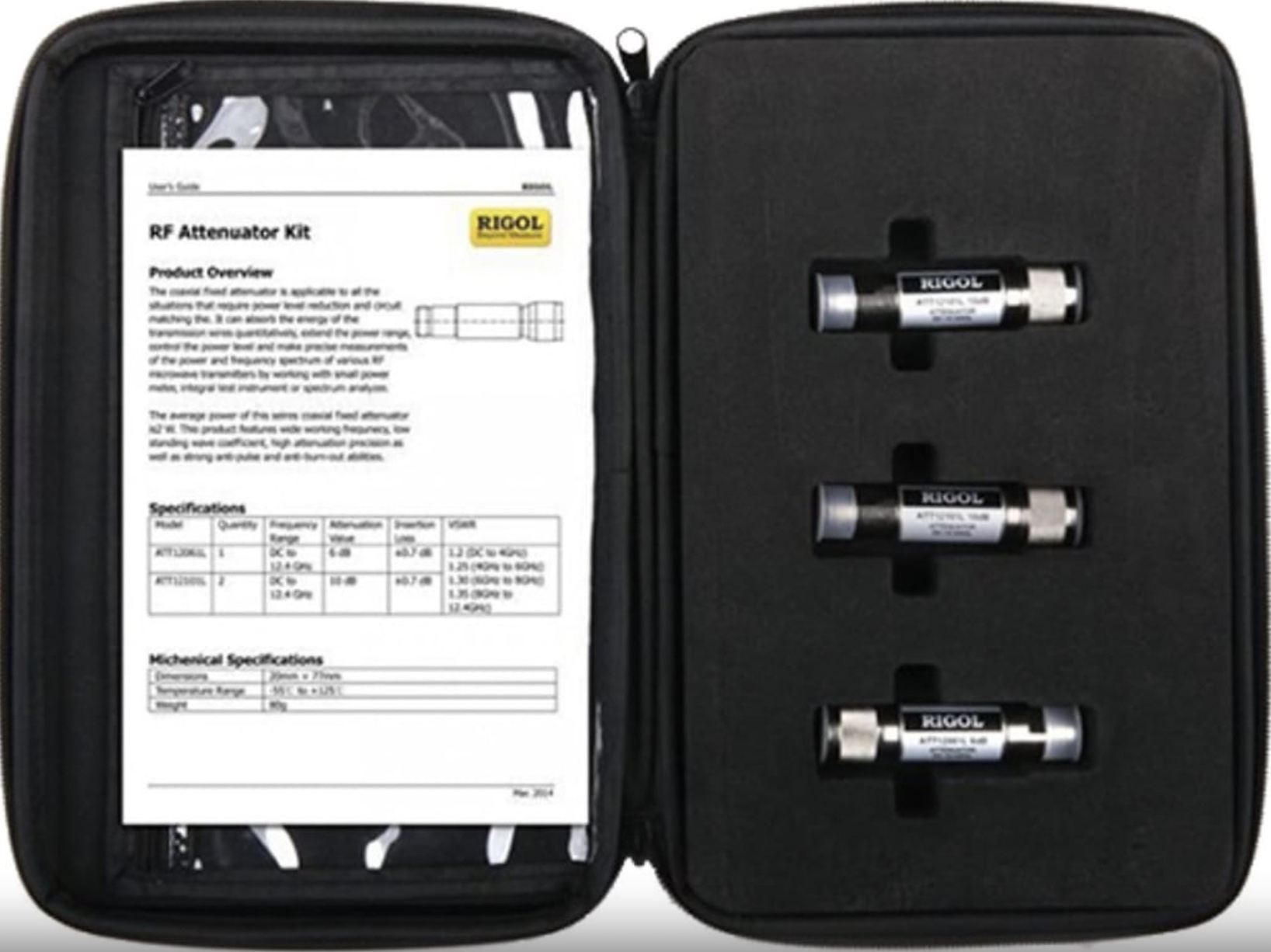 Attenuator
Attenuator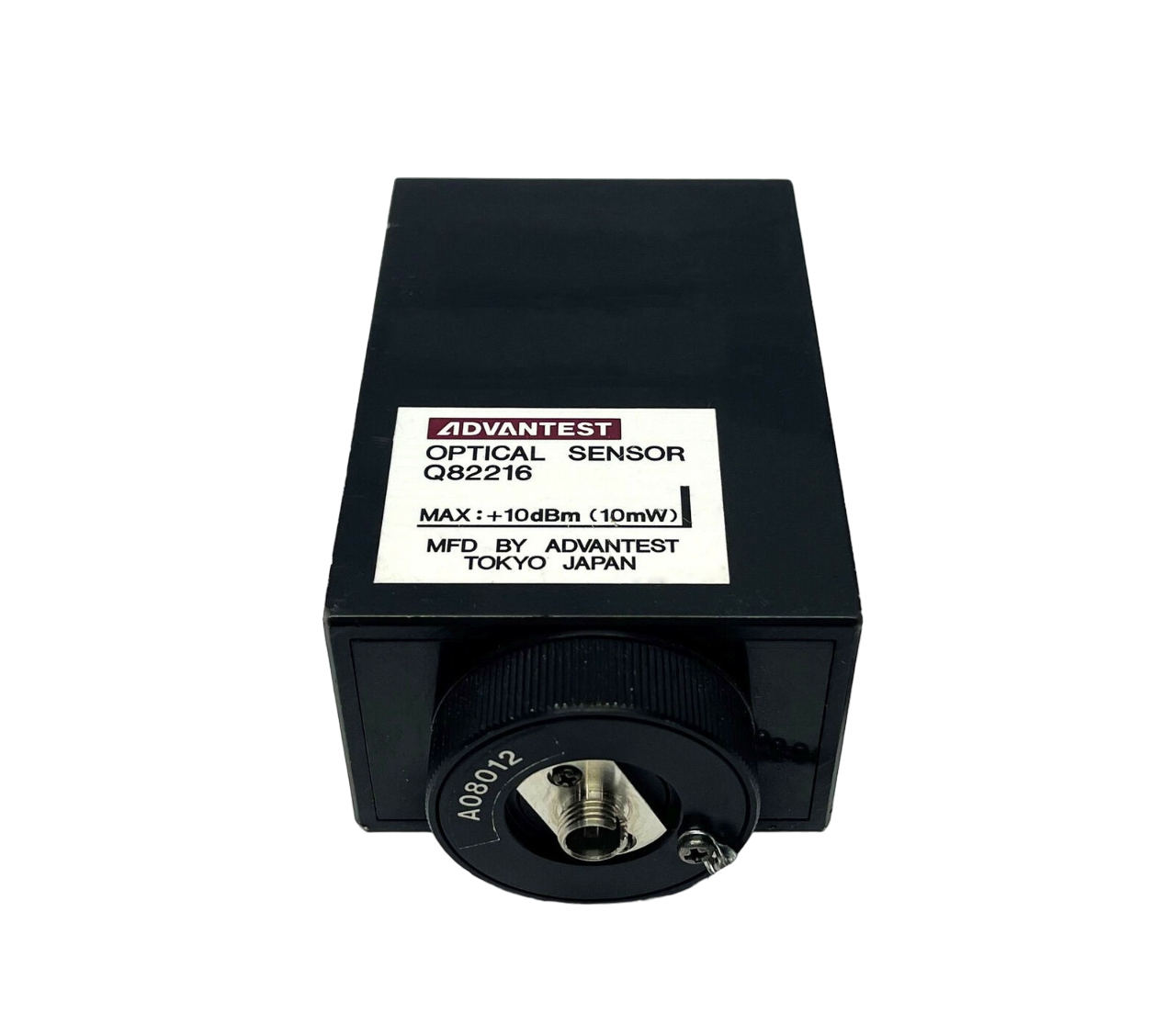 Optical Sensor
Optical Sensor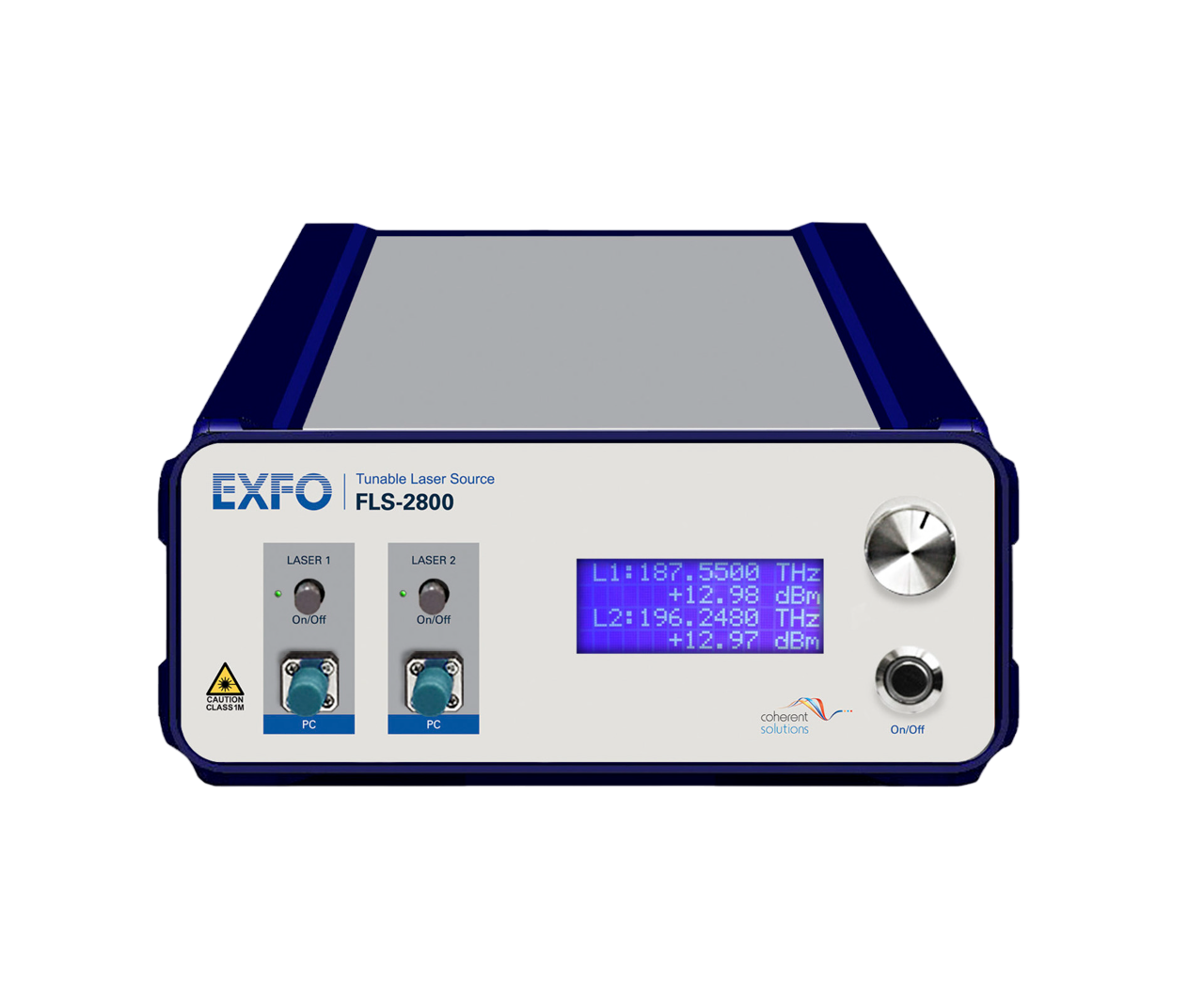 Light/LED Source
Light/LED Source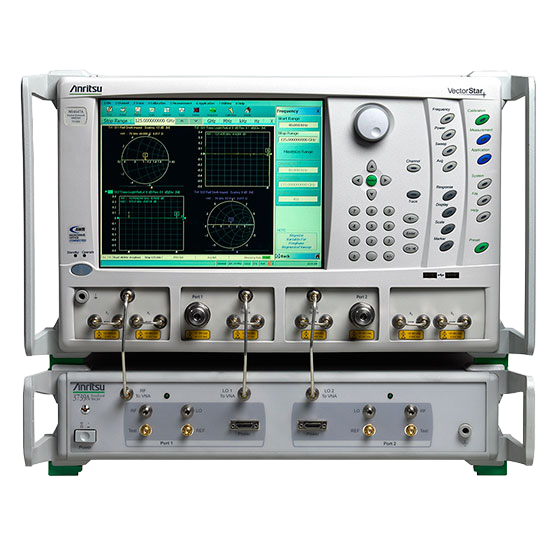 Broadband / Noise Source
Broadband / Noise Source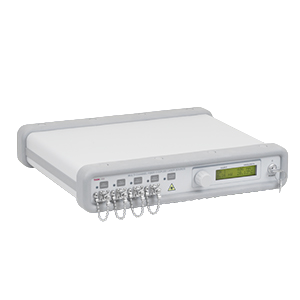 Optical / Fiber Source
Optical / Fiber Source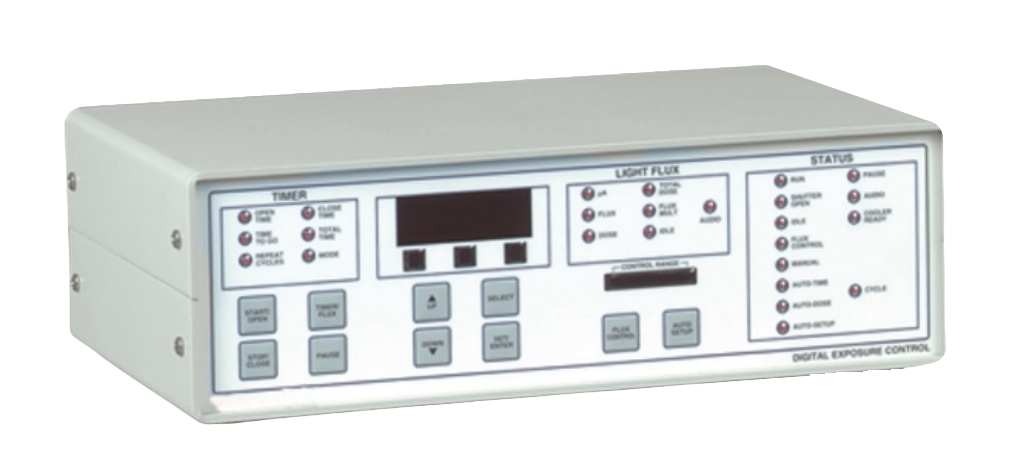 Power Supply
Power Supply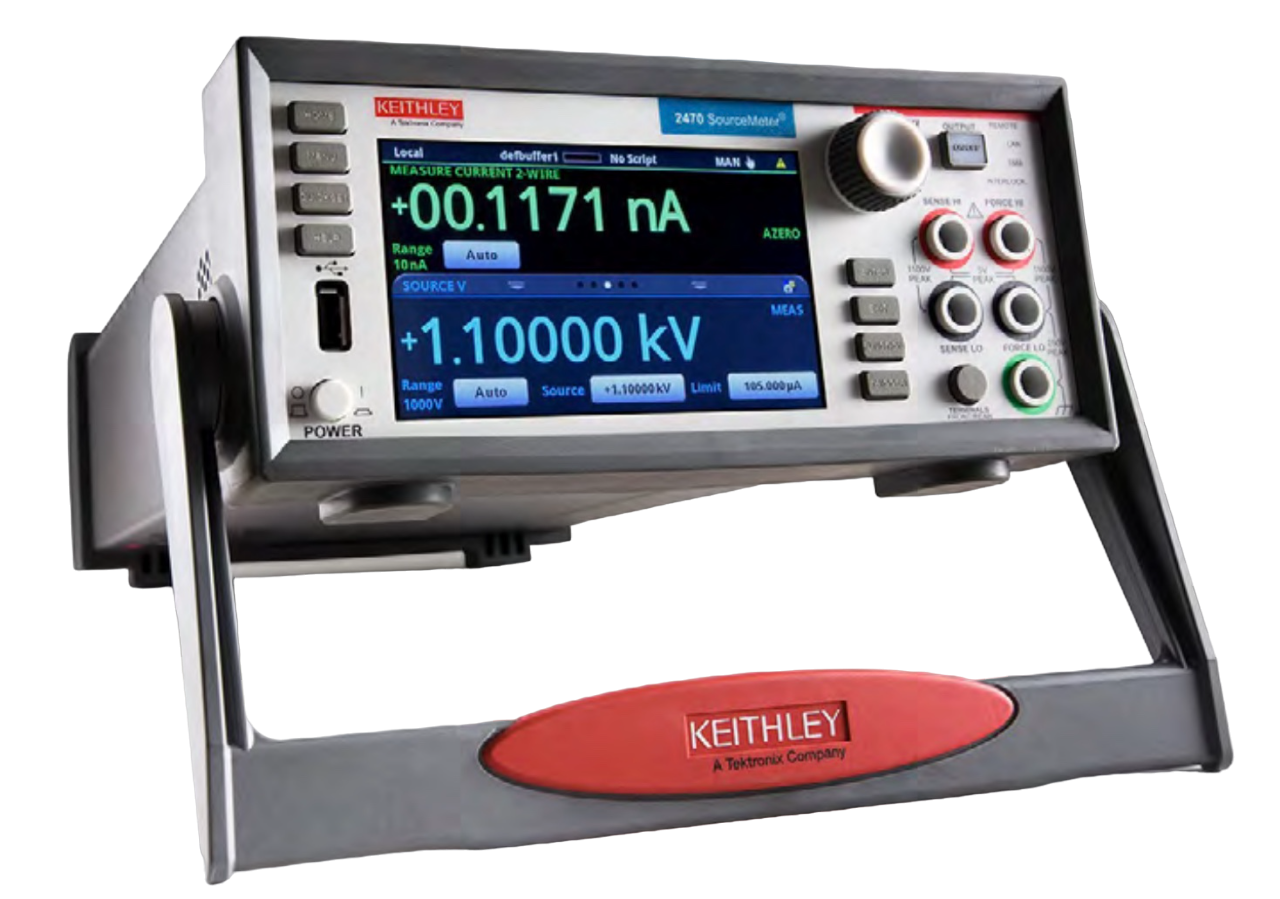 Voltage Source
Voltage Source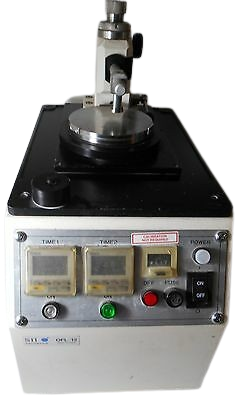 Polisher
Polisher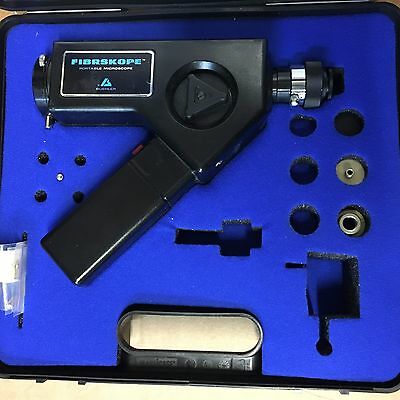 Microscope
Microscope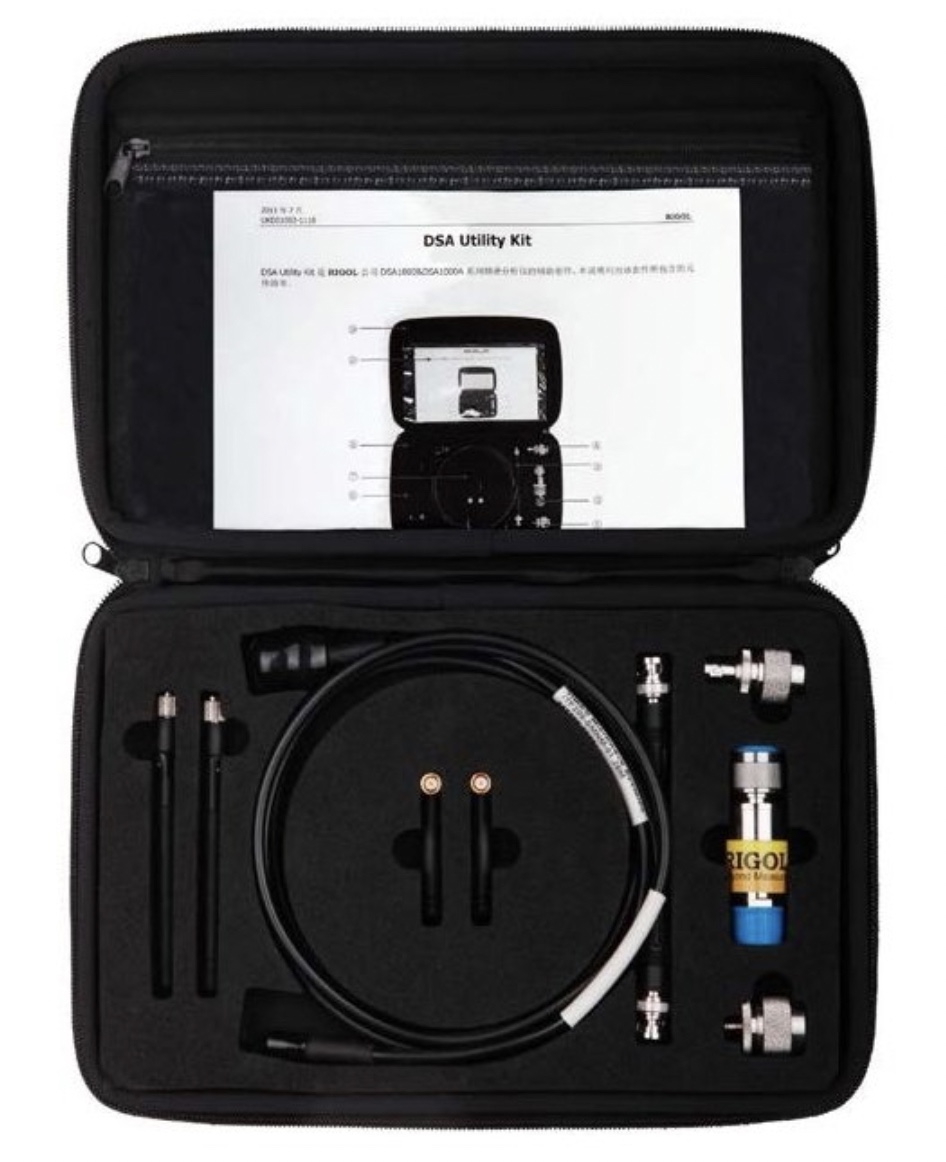 Adapter
Adapter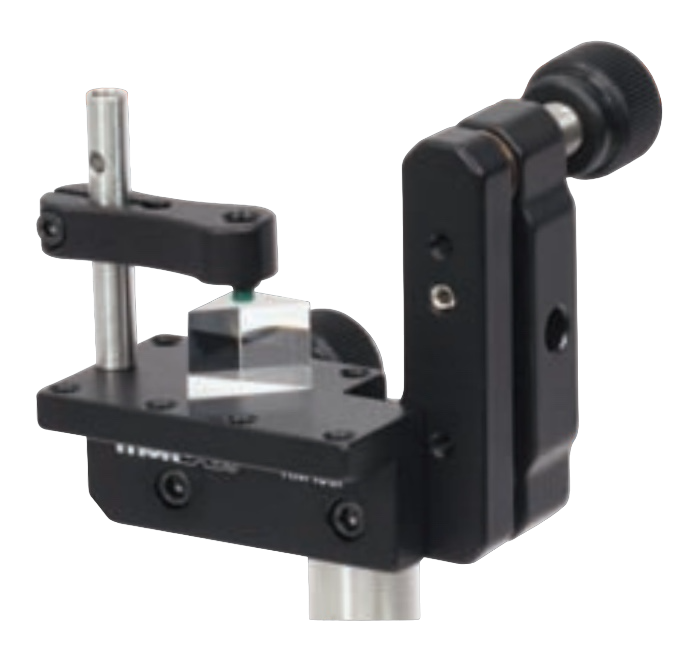 Platforms/Mounts
Platforms/Mounts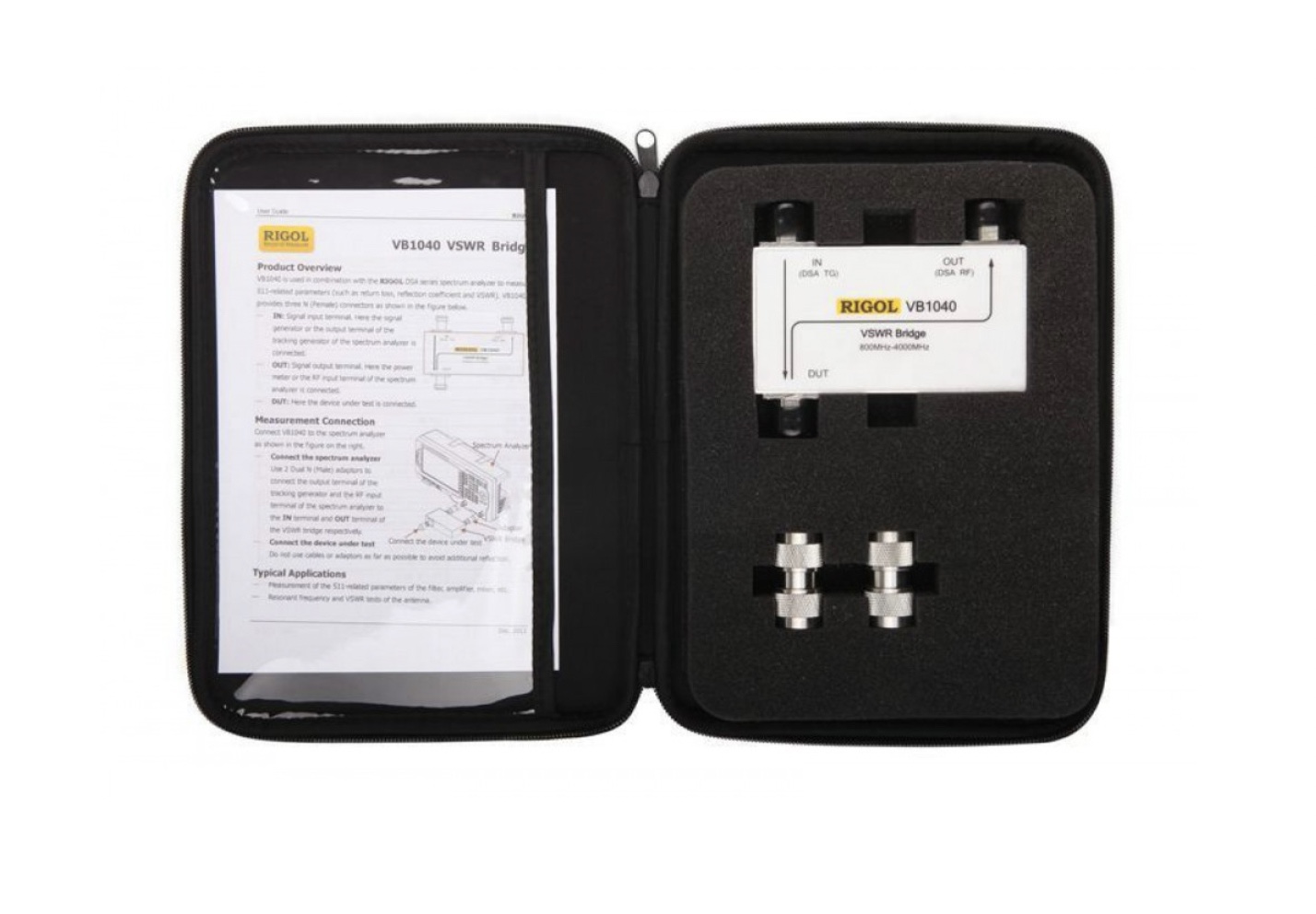 Bridges
Bridges Connectors & Accessories
Connectors & Accessories